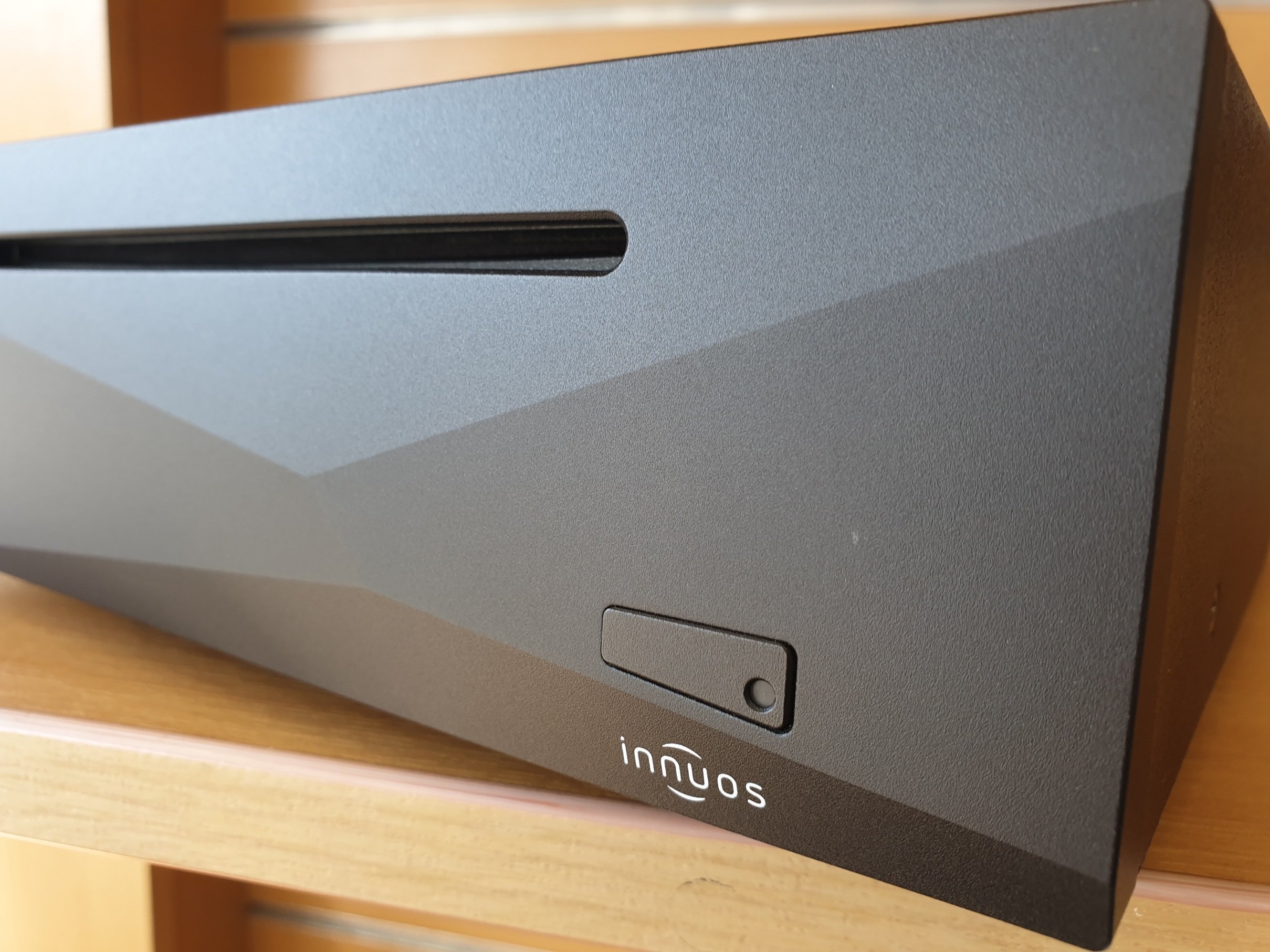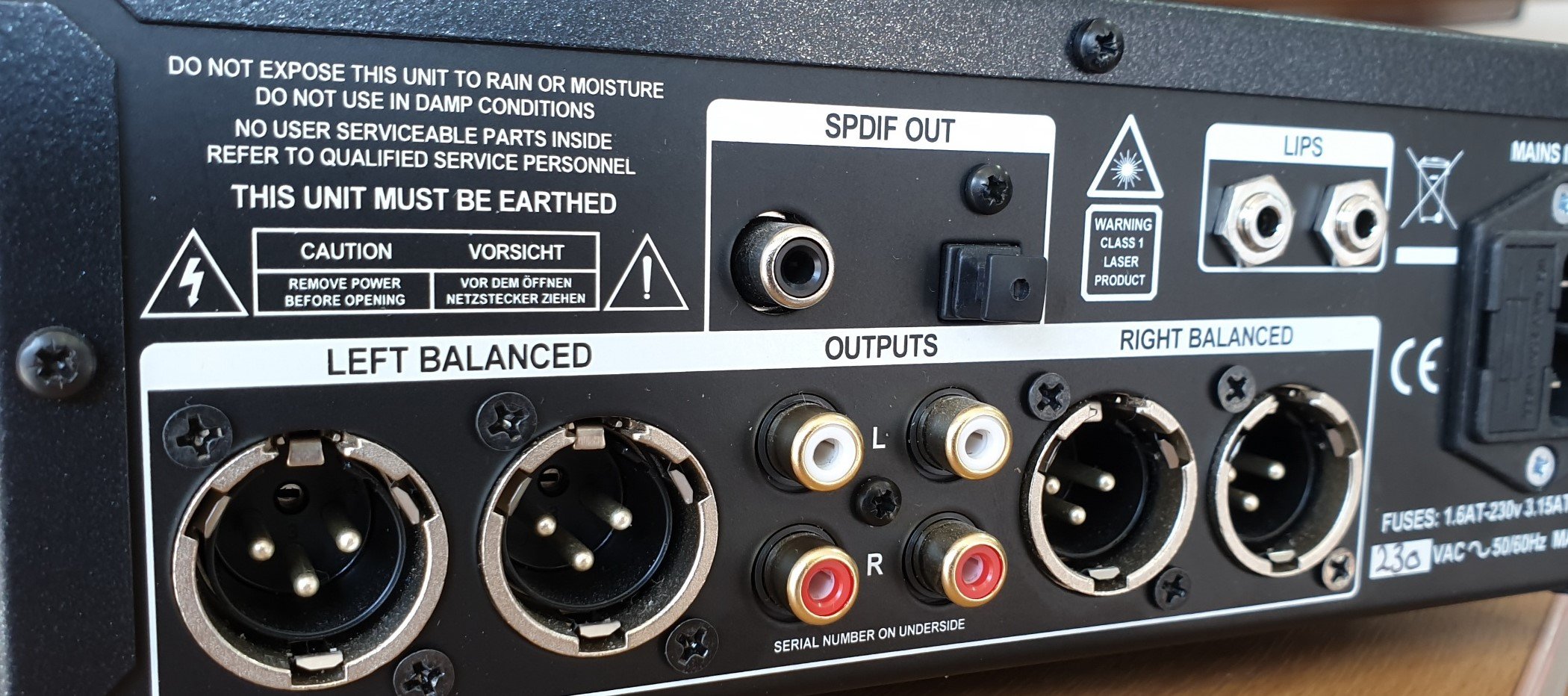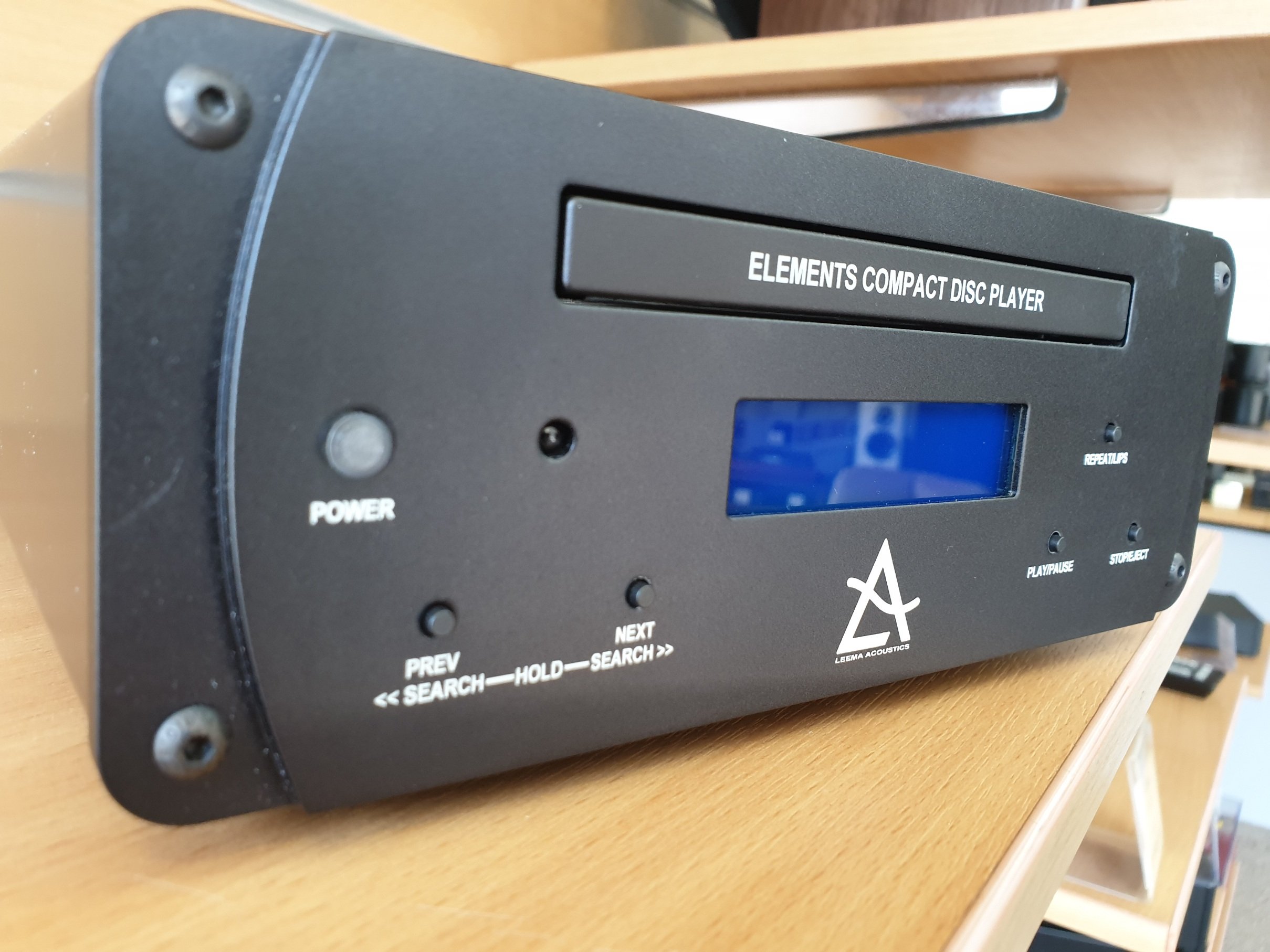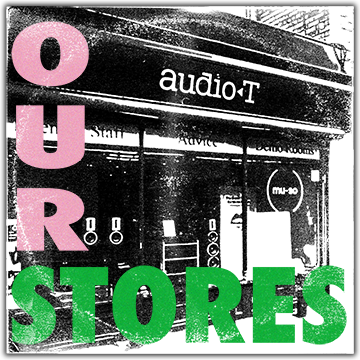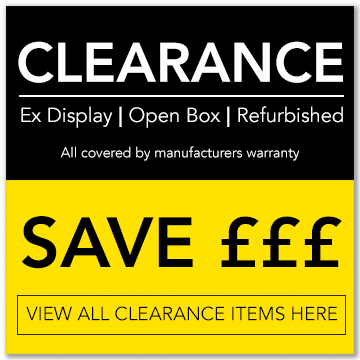Still listening to CD's? So are we - Marantz SA10 Premium CD & SACD Player / DAC
/We have received the Marantz top-end CD/SACD player, the SA10. It is more than a CD player. It is a multi-talented device that not only plays CDs but also SACDs (Super Audio CD). First introduced in 1999, Super Audio CDs were developed by Philips and Sony. Some music available on SACD was not only available on the standard stereo, but also multi-channel. Those of us lucky enough to who have SACDs at home know exactly how great this format is.
First impression - It feels like a premium product
The SA10’s build quality is superb and it weighs just over 18kg. Everything looks and feels like a premium product. The casework has a very luxurious feel, with details such as the ‘on/off’ button, that makes a lush click when depressed - I miss that on many contemporary products but maybe that’s just me? When you press the ‘open/close’ button, the tray elegantly and quietly opens or closes - This is all very promising and we can’t wait to hear some music. Let’s have a look and listen, shall we?
Marantz SA10 CD/SACD/DAC in silver/gold
The Marantz SA10 has the choice of either balanced XLR or single-ended phono sockets as a preferred connection method. Balanced XLR reduces the noise floor when connected to another balanced XLR device. This can mean that you hear more detail in the music.
More than just a CD/SACD Player - The SA10’s DAC…
These days, people like the ability to connect all their sources, analogue and digital, to the one amplifier. A very nice feature of this unit is the built-in DAC (Digital to Analogue Converter). Marantz have added isolated low-noise digital inputs for a better sound quality. This allows you to connect devices such as music streamers, set-top box, TV, games console and more directly to the SA10 and select the inputs via it’s supplied remote control. This adds a lot of flexibility to your music system and reduces the box count.
There are two USB sockets. The larger of the two (USB-B) is for computer audio (PC or MAC) or a device like the Innuos music servers. The smaller one is to connect a USB memory stick or an external hard drive with a library of music.
The built-in, fully discrete headphone amplifier means minimum interference and with a wide choice of headphones available on the market, the gain can be set to low, mid or high.
Marantz SA10 CD/SACD/DAC Rear Panel
Sound Quality
To put the Marantz SA10 through its paces we setup a system comprising Spendor D7 loudspeakers, Marantz Model 30 integrated. The speaker cable use is the Chord Company Shawline X and a set of Shawline interconnects.
Marantz Model30 and SA10 CD/SACD Player
We started with B.B.King & Eric Clapton’s “Riding With The King“ and wow! It certainly got our feet tapping. The clarity and rhythm was stunning. The instruments and vocals sound like a highly refined wall of sound that makes you want to listen to more and more. The “Three O’Clock Blues” makes you feel as though you’re sat in a cozy little Jazz Club with a drink on the table, a welcome remedy after a long day at work.
Love this Sony SACD Collection from 2001
Next up we used one of my Sony SACDs (Super Audio CD), “Ultimate Collection” from 2001. “Gratitude” from Earth, Wind and Fire. Gosh, was I blown away when I heard this track on SACD for the very first time. This is one funky song that has a lot of punch and energy. I couldn’t resist turning it up. I think this is what makes a great CD player - It makes you want to listen to more and more music.
But would we recommend it?
The Marantz SA10 CD/SACD sounds extremely good on both CD and SACD, and yes, we would highly recommend it! The humble CD is not out of fashion at all and the SA10 proves that. Well done Marantz.
Spendor D7 speakers in natural oak
Here at Audio T Swindon, we are here to help and we’d love to set something up for you so please get in touch with us. You can call us on 01793 538222 or email us on swindon@audio-t.co.uk. Our opening hours are Tuesday - Saturday 9.30 - 5.30.
Thanks for reading
Stefan & Andy - Audio T Swindon
If you have any questions about any of the equipment featured in this article, or any other Hi-Fi or home cinema enquiries, be sure to Contact Us.
If you’ve enjoyed this, why not go ahead and read some more of our other blogs, and be sure to follow us on our social media channels below…
Marantz can be found at the following stores
Spendor can be found at the following stores















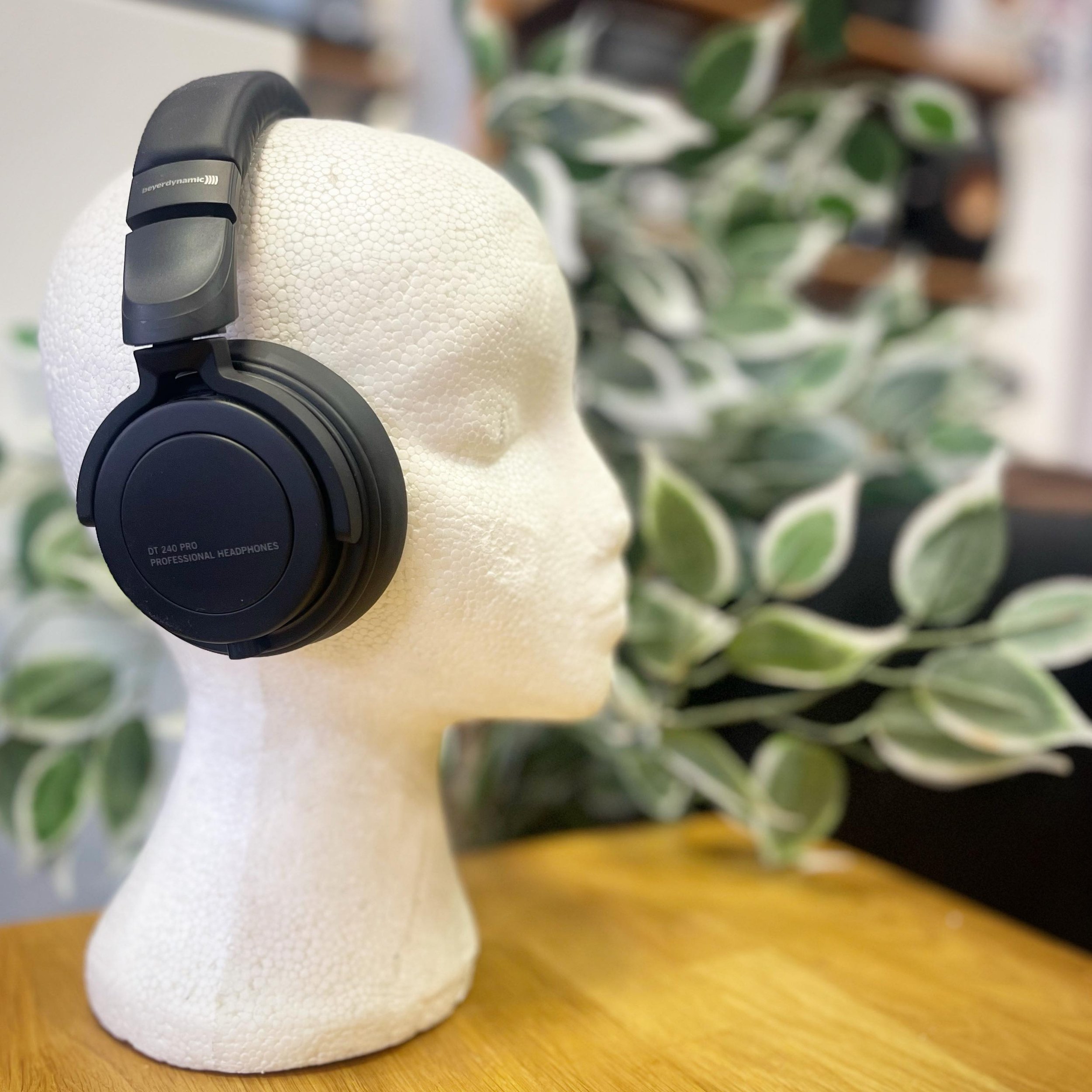











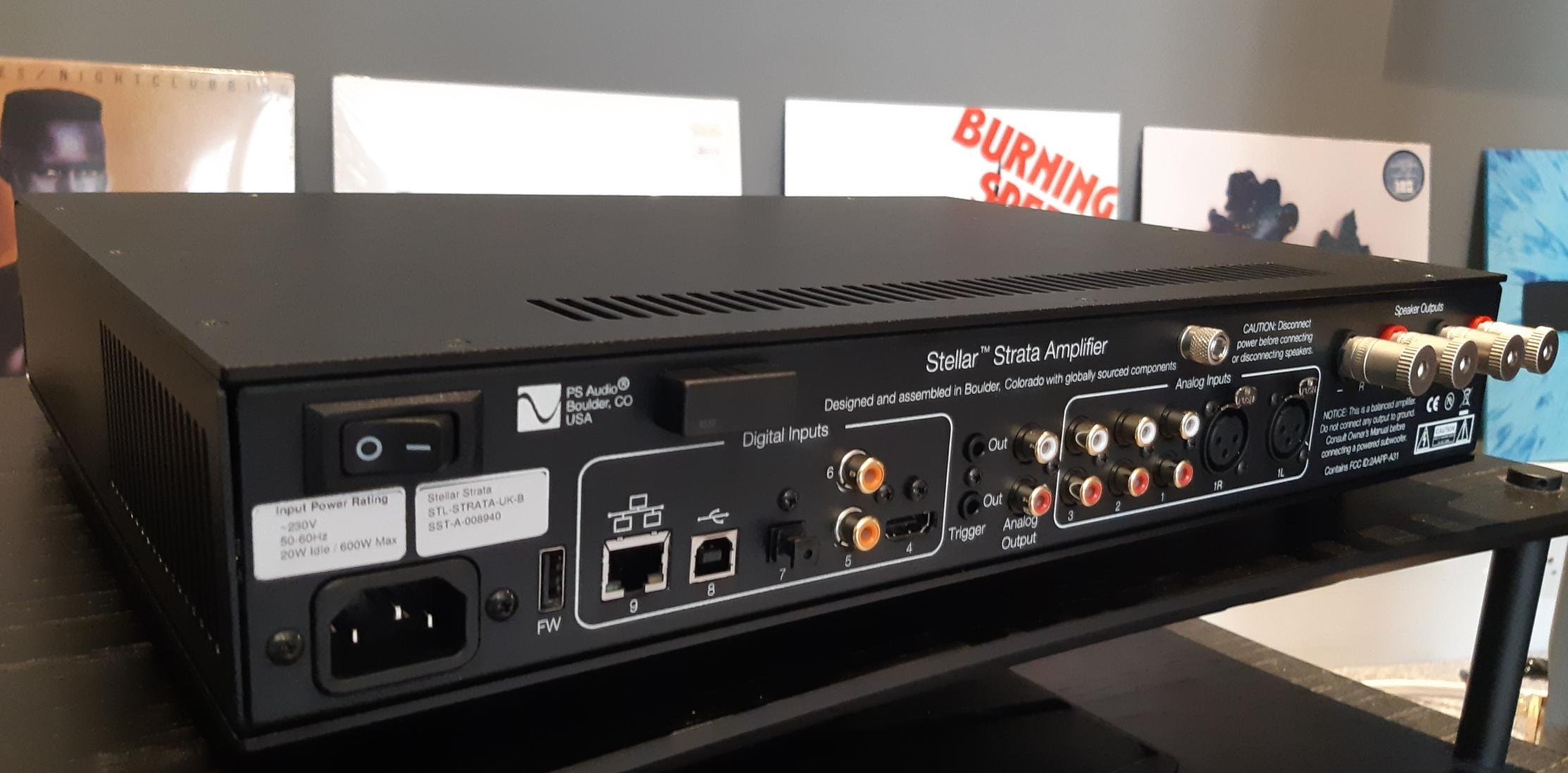
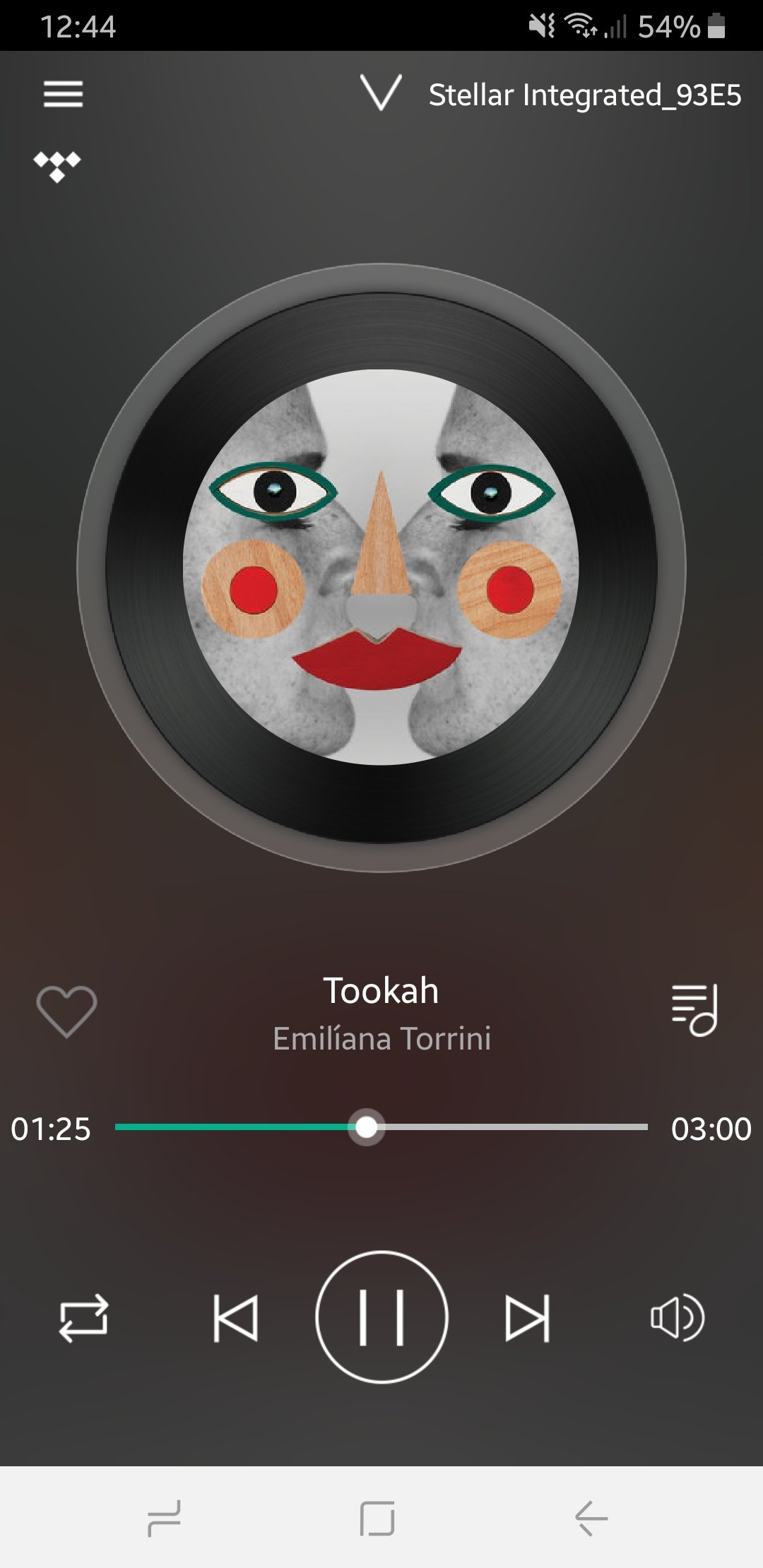

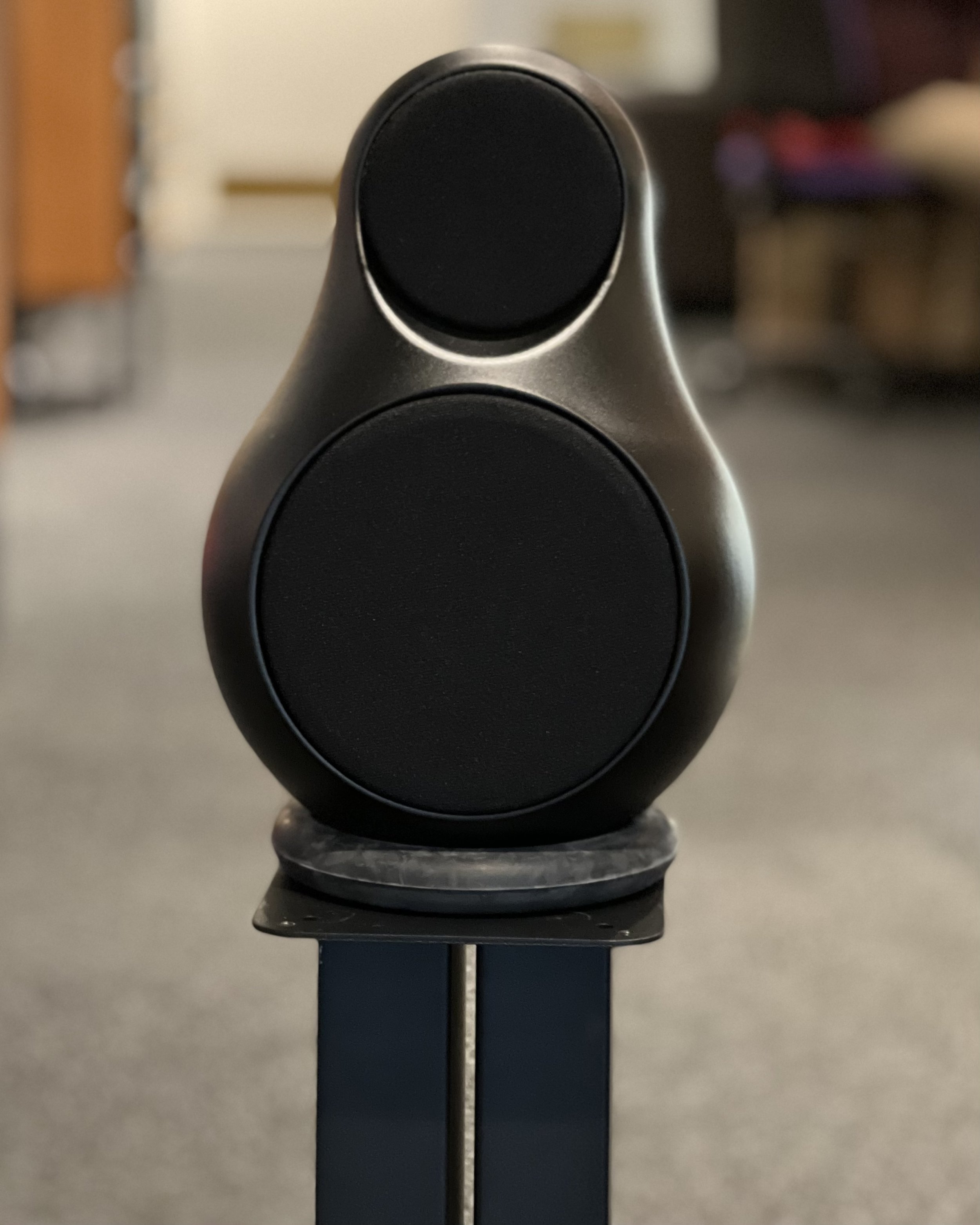
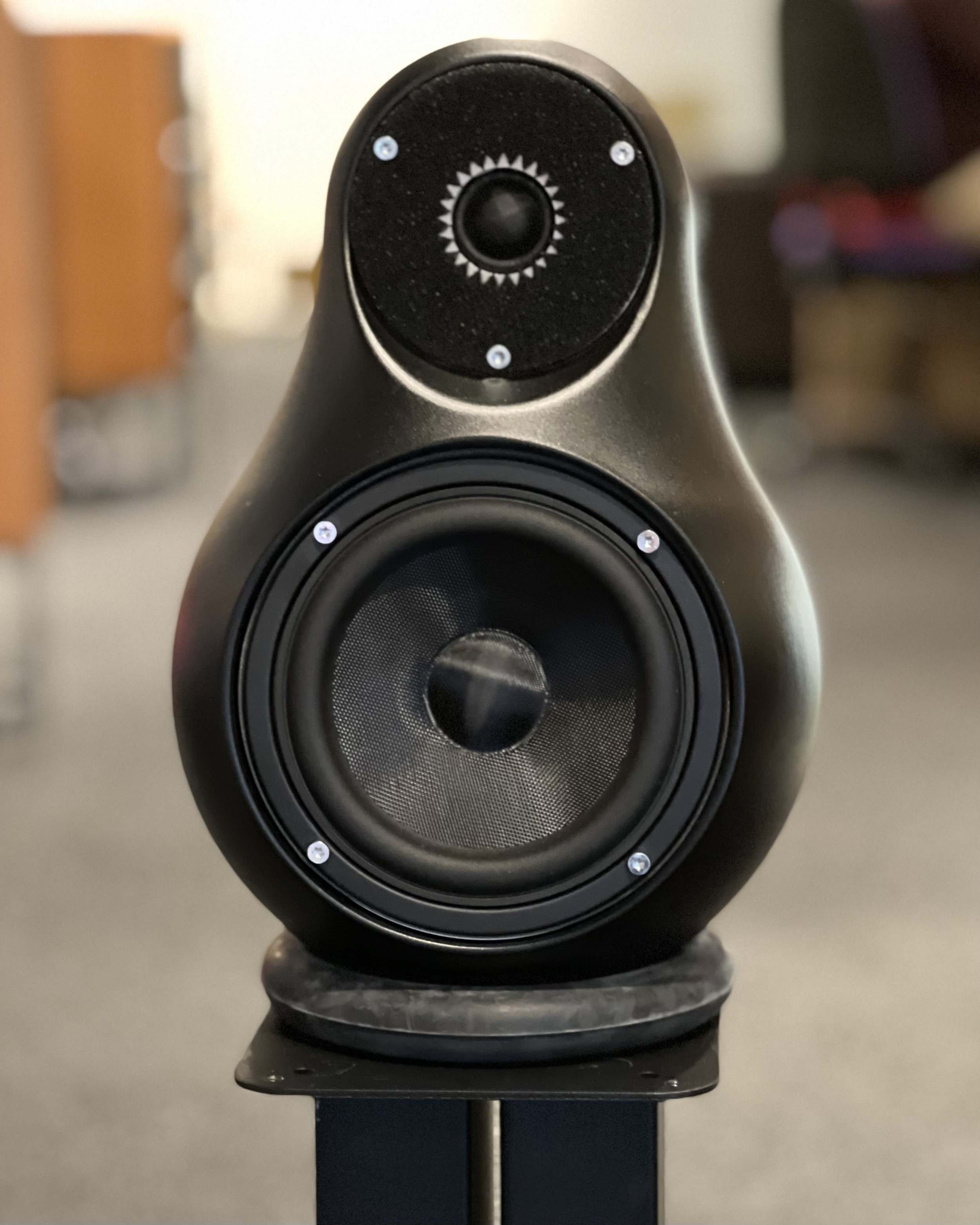
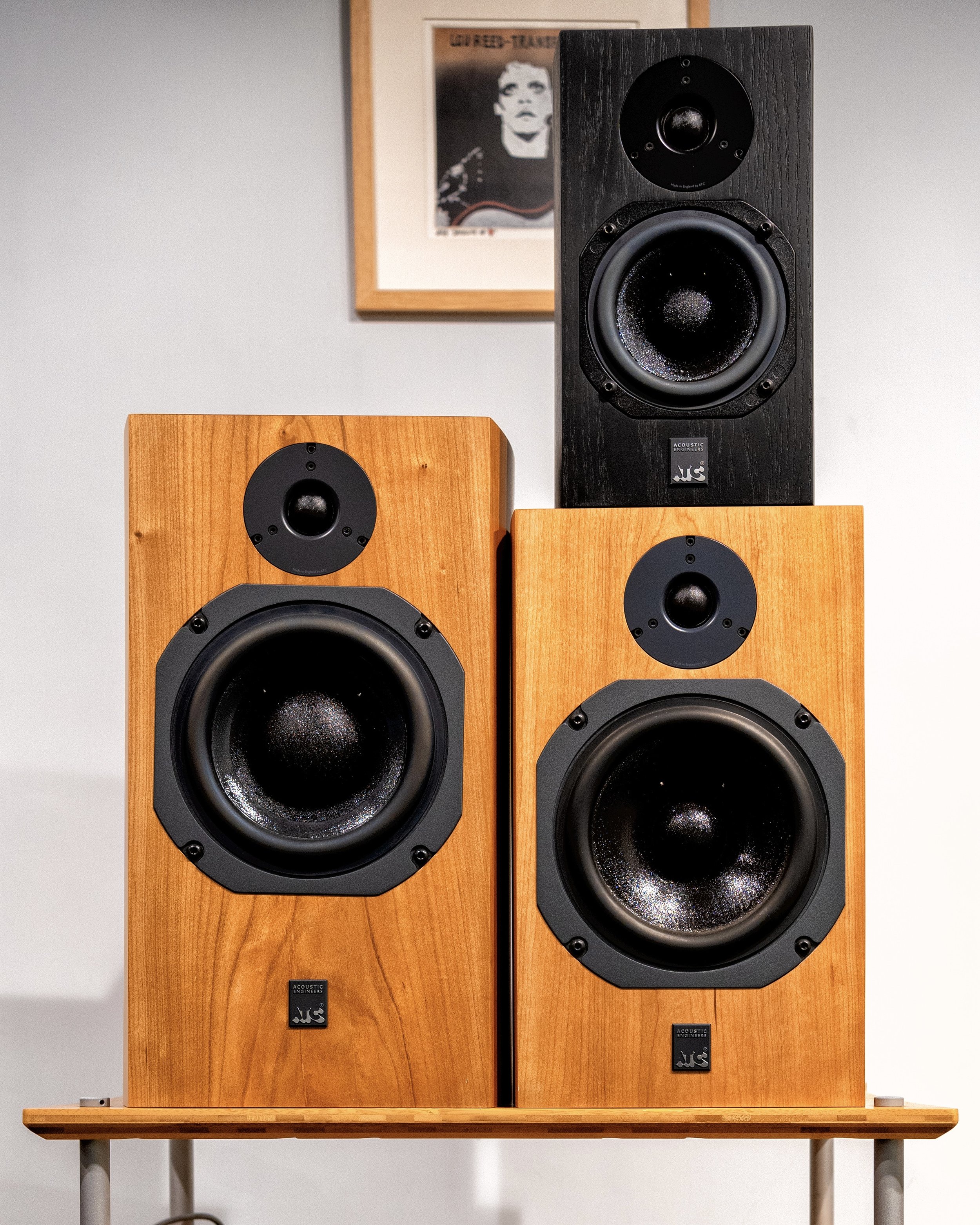
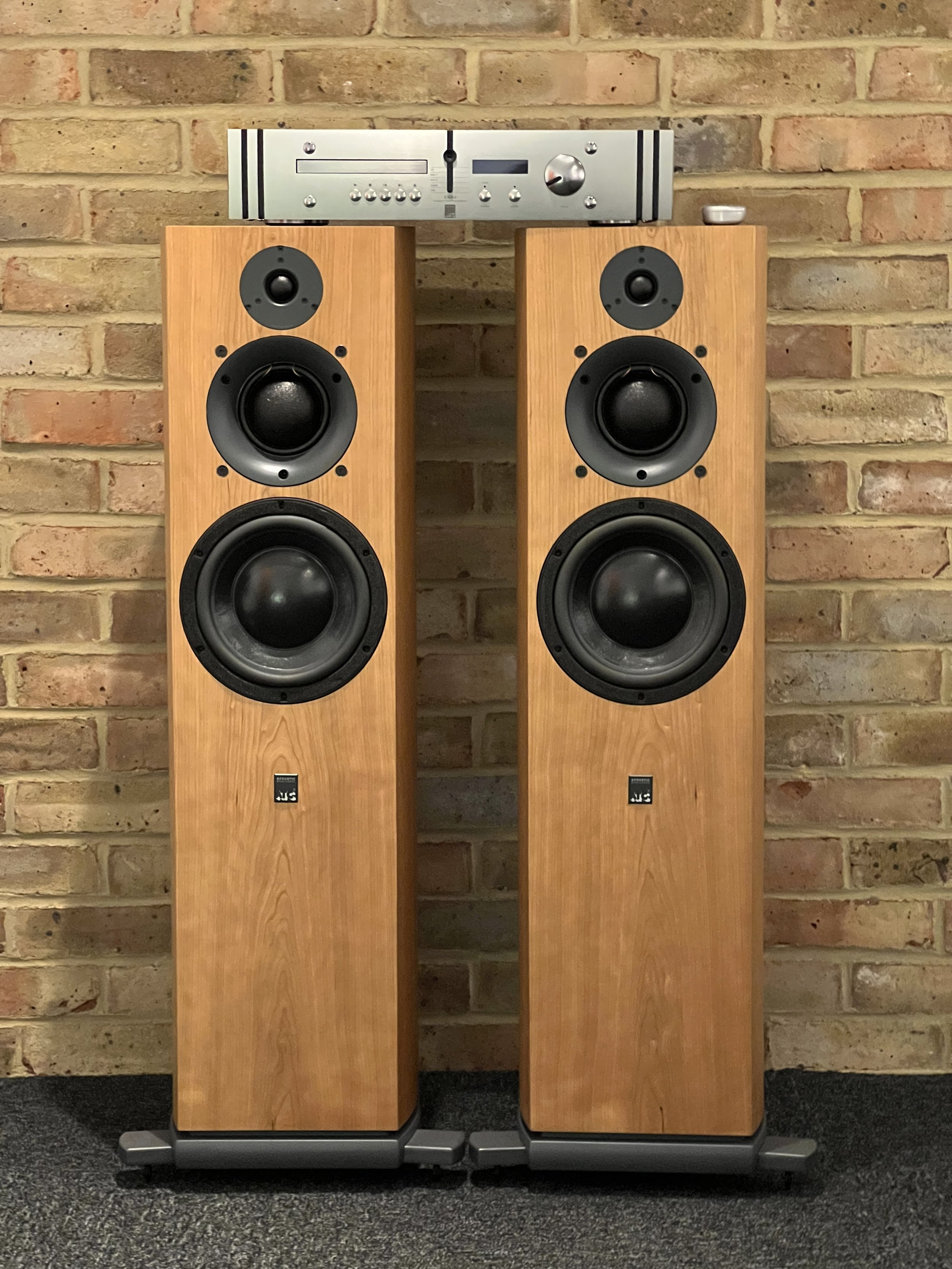
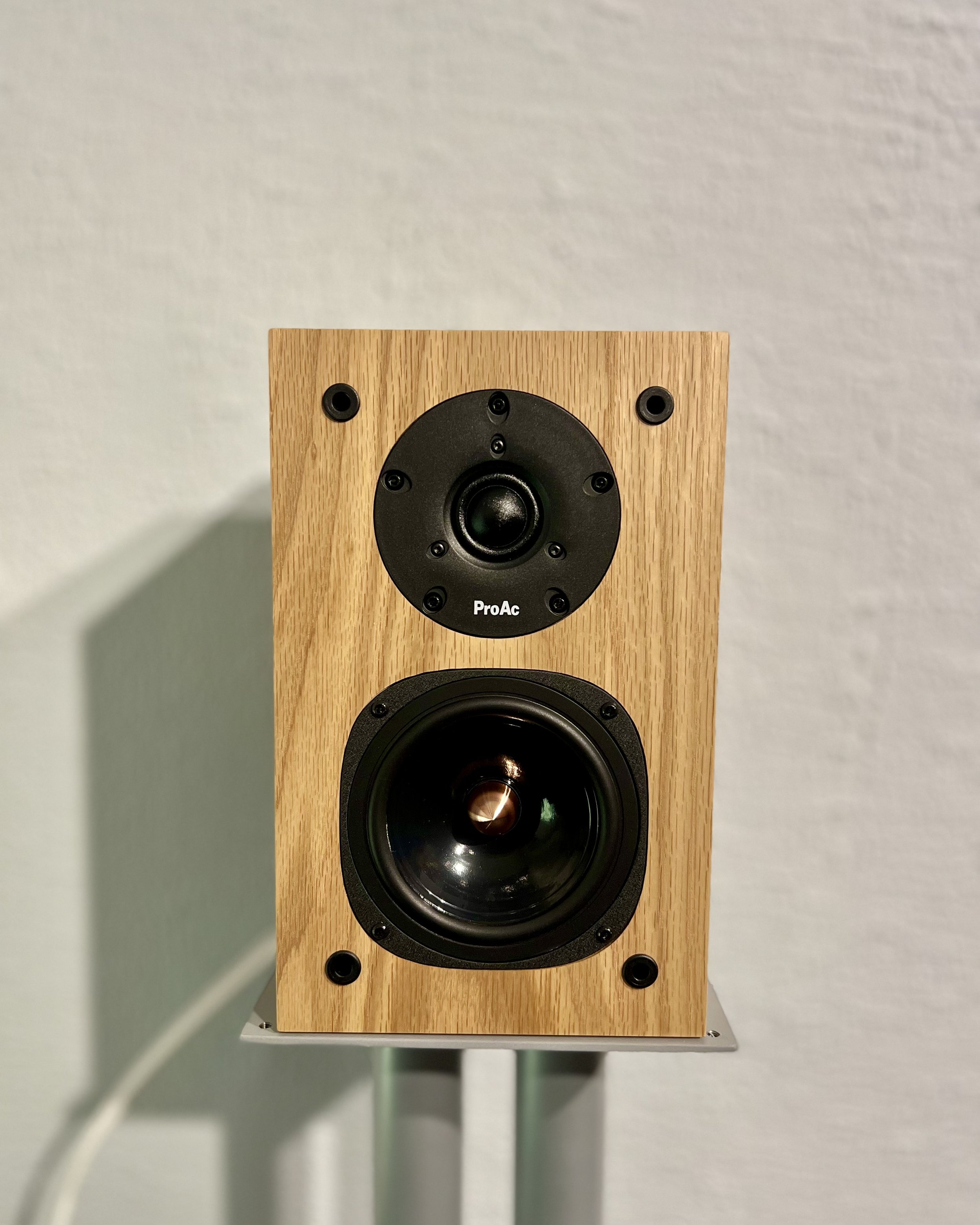
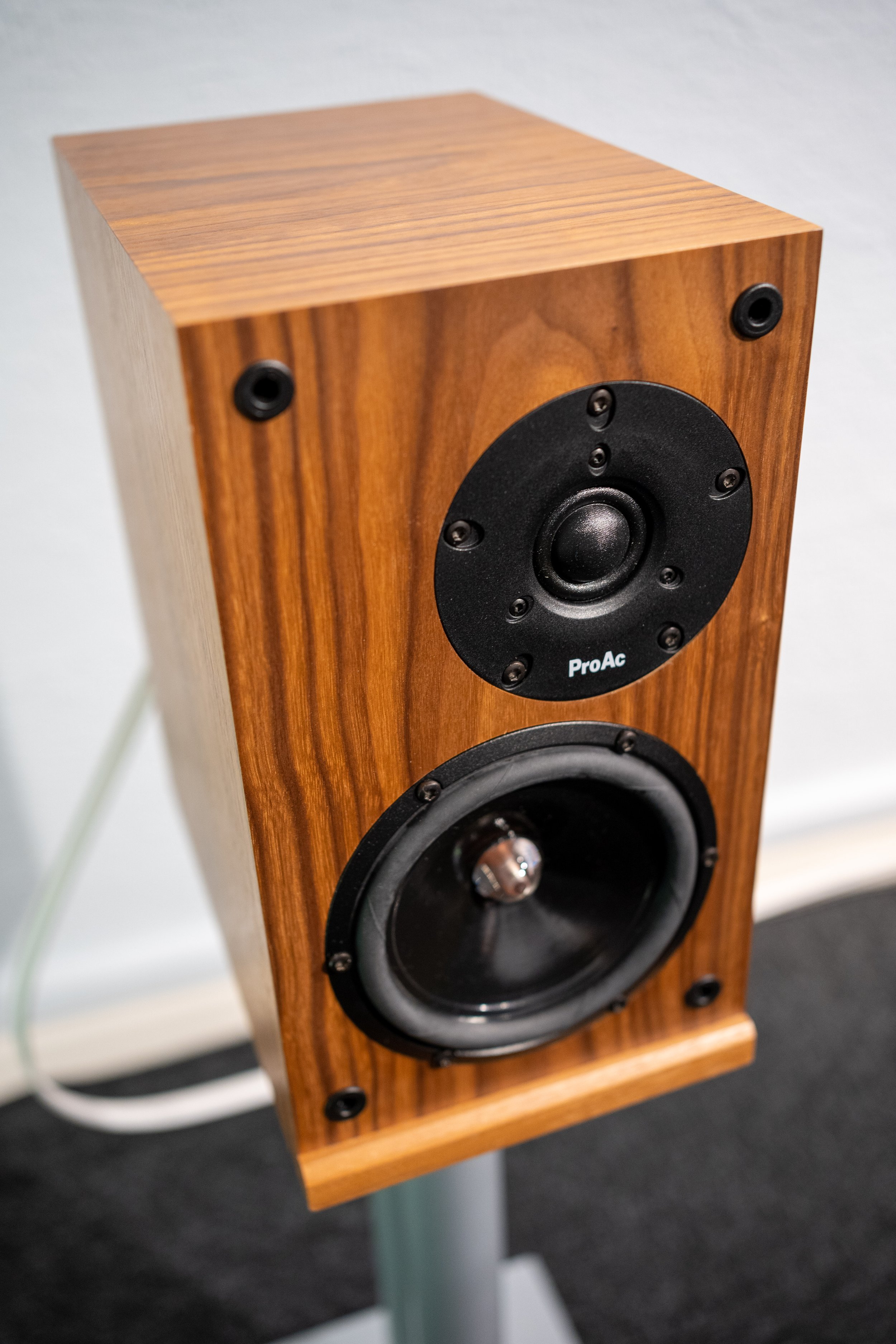
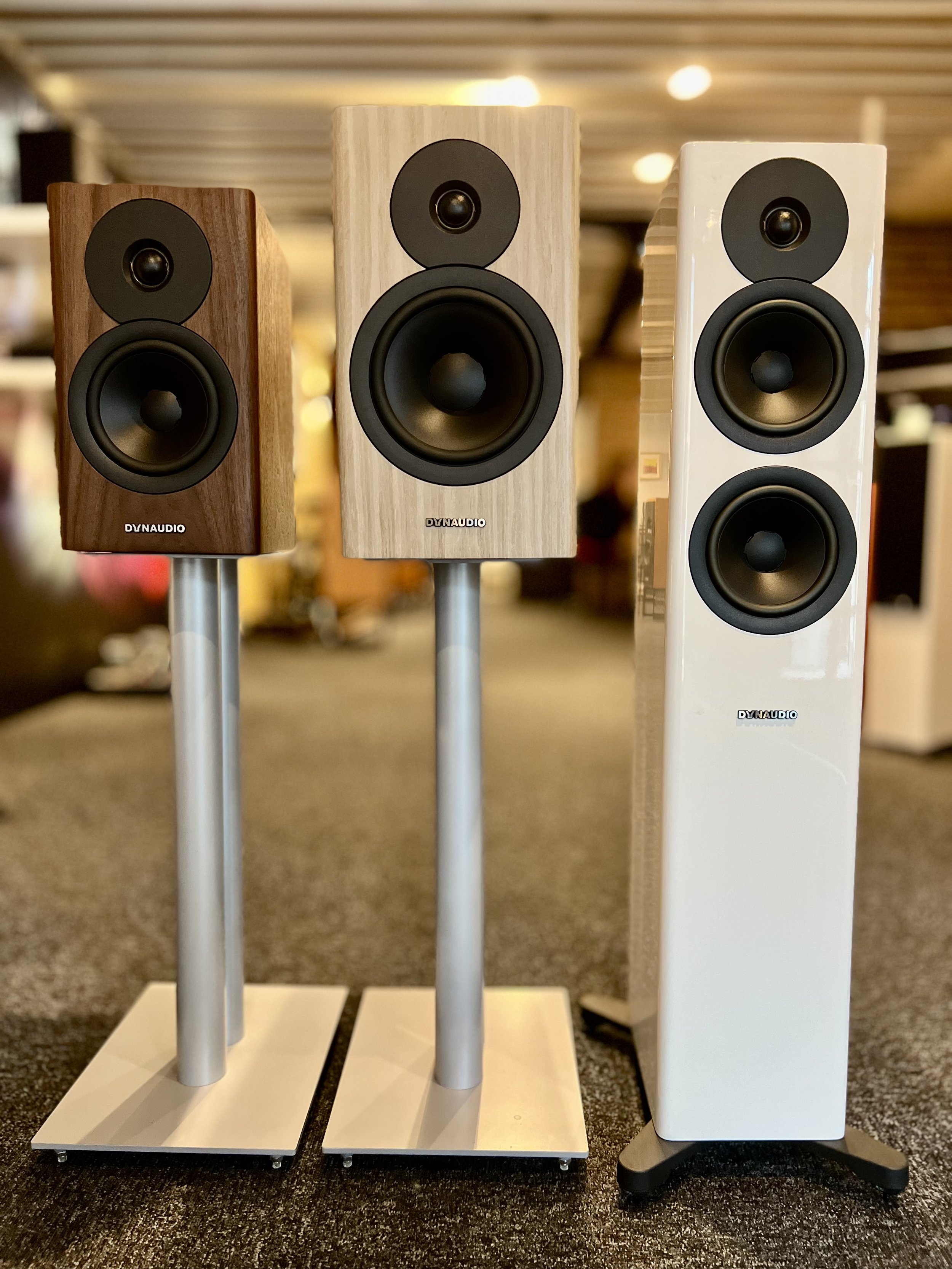
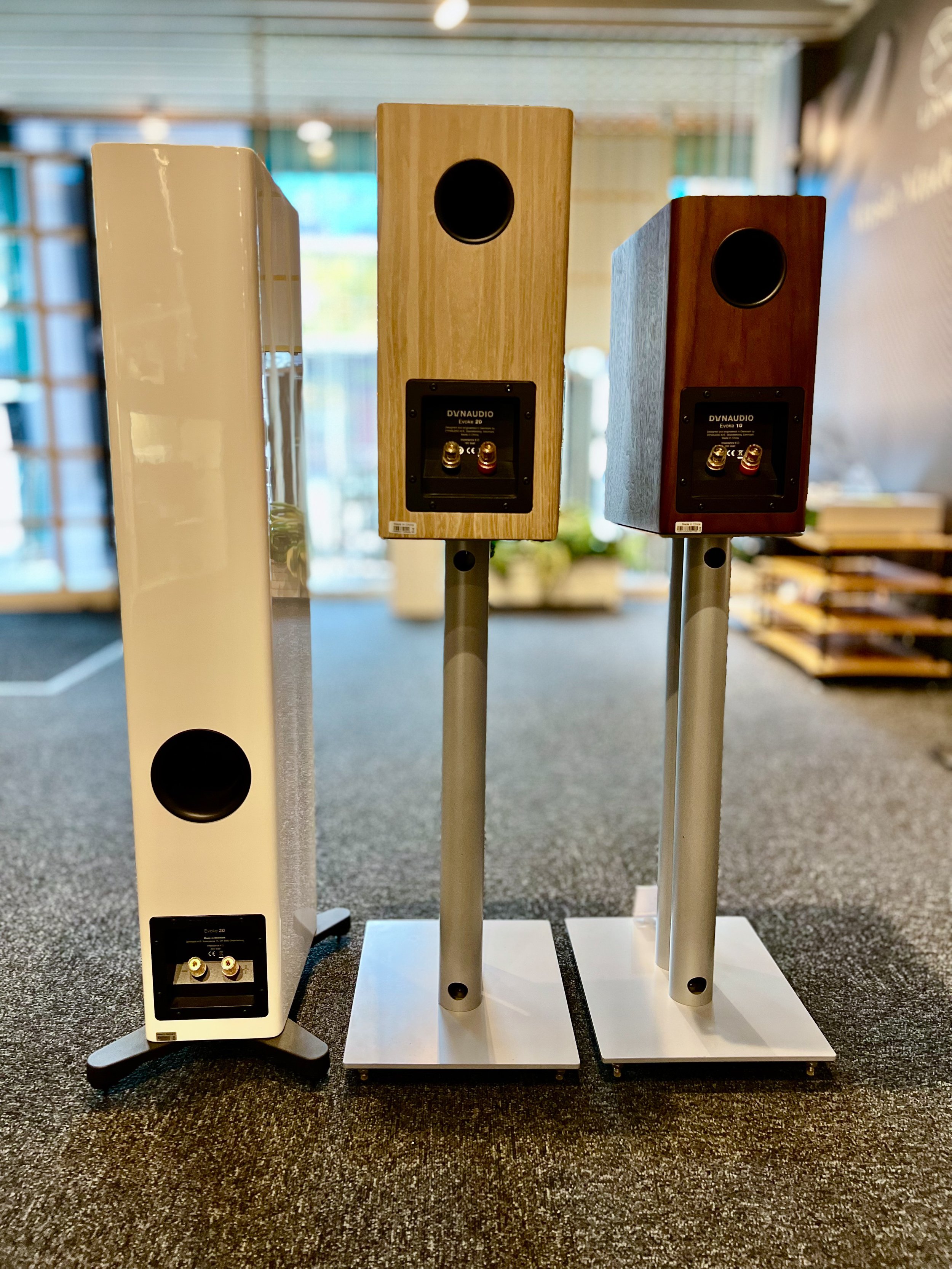
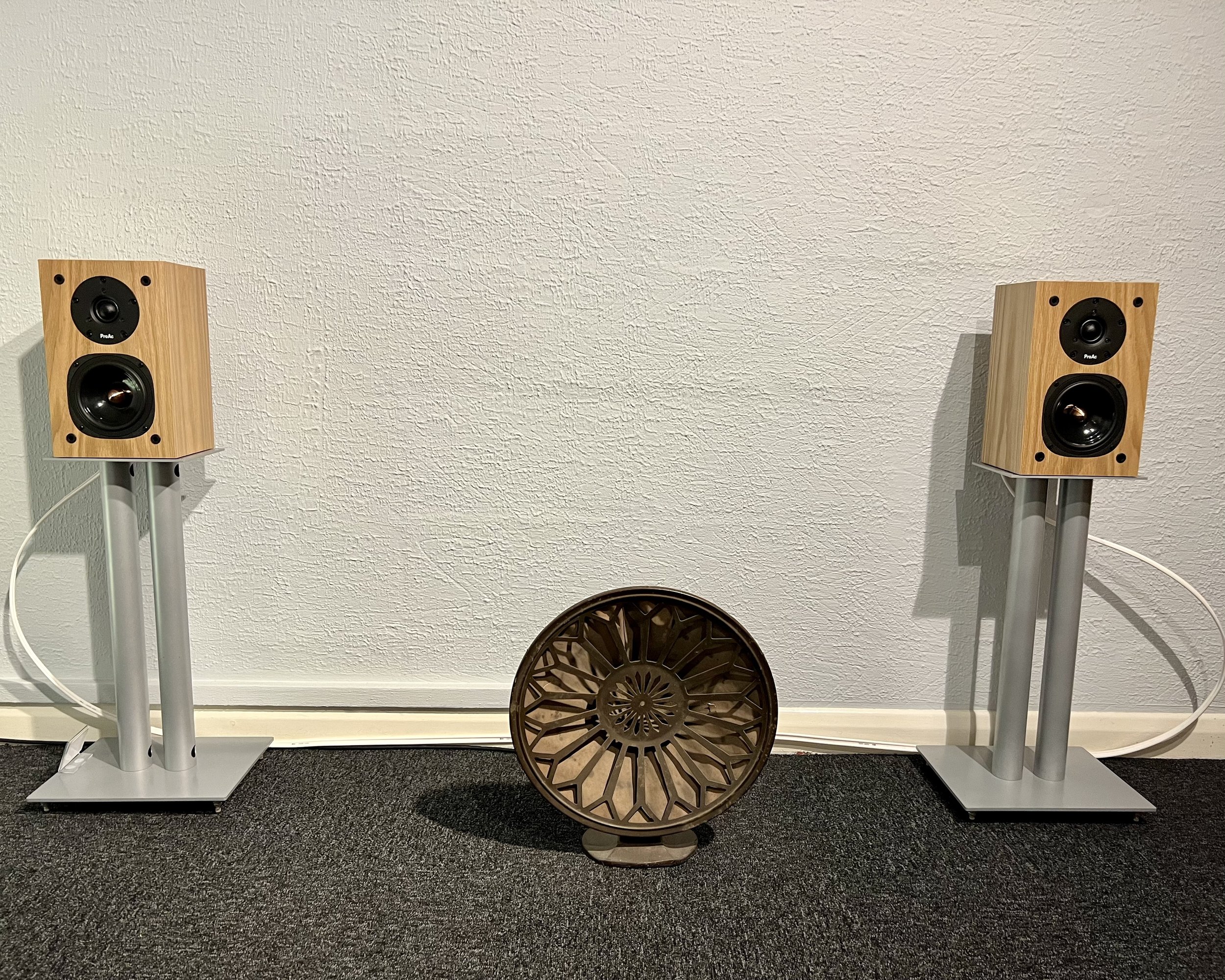
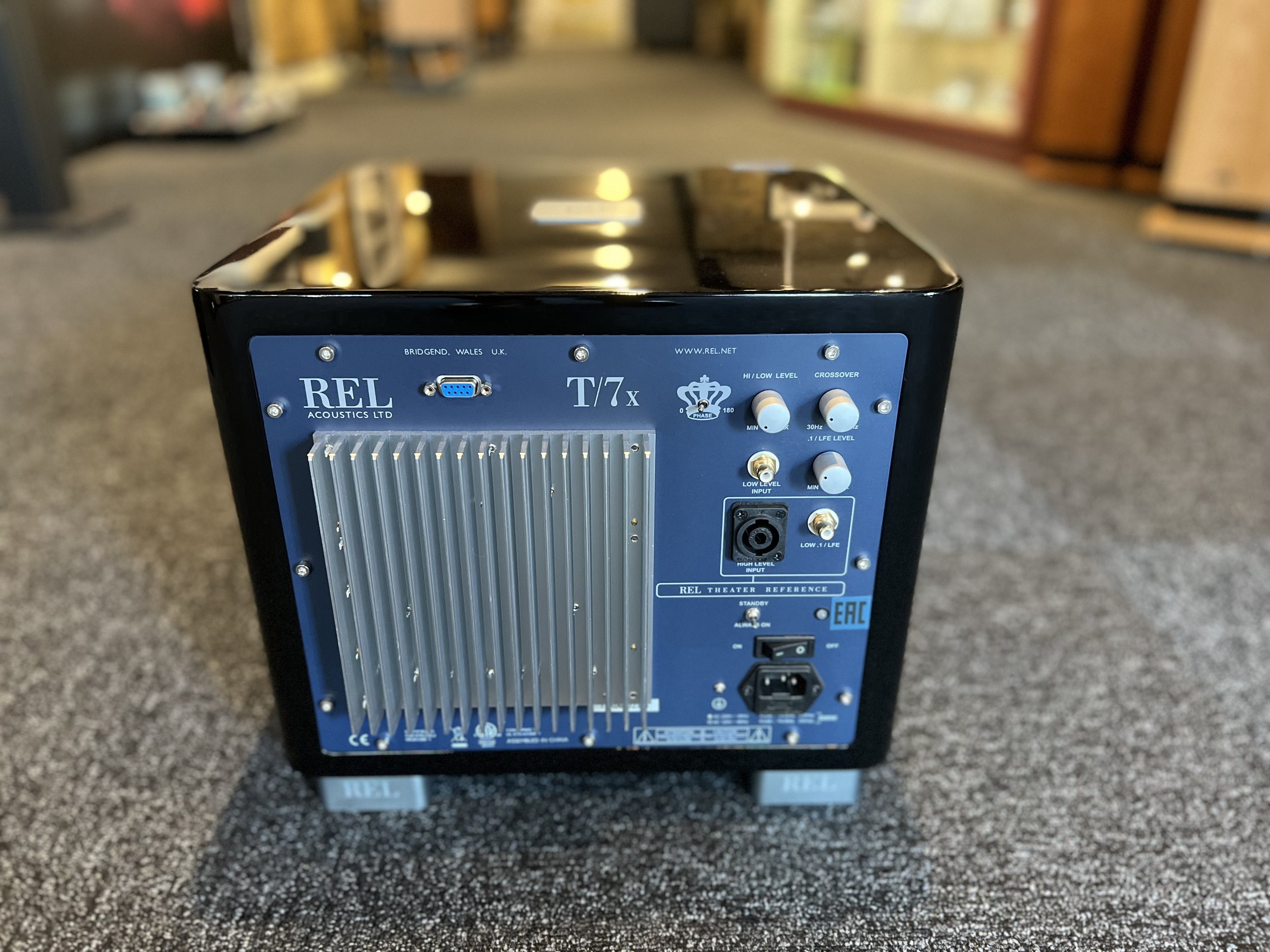
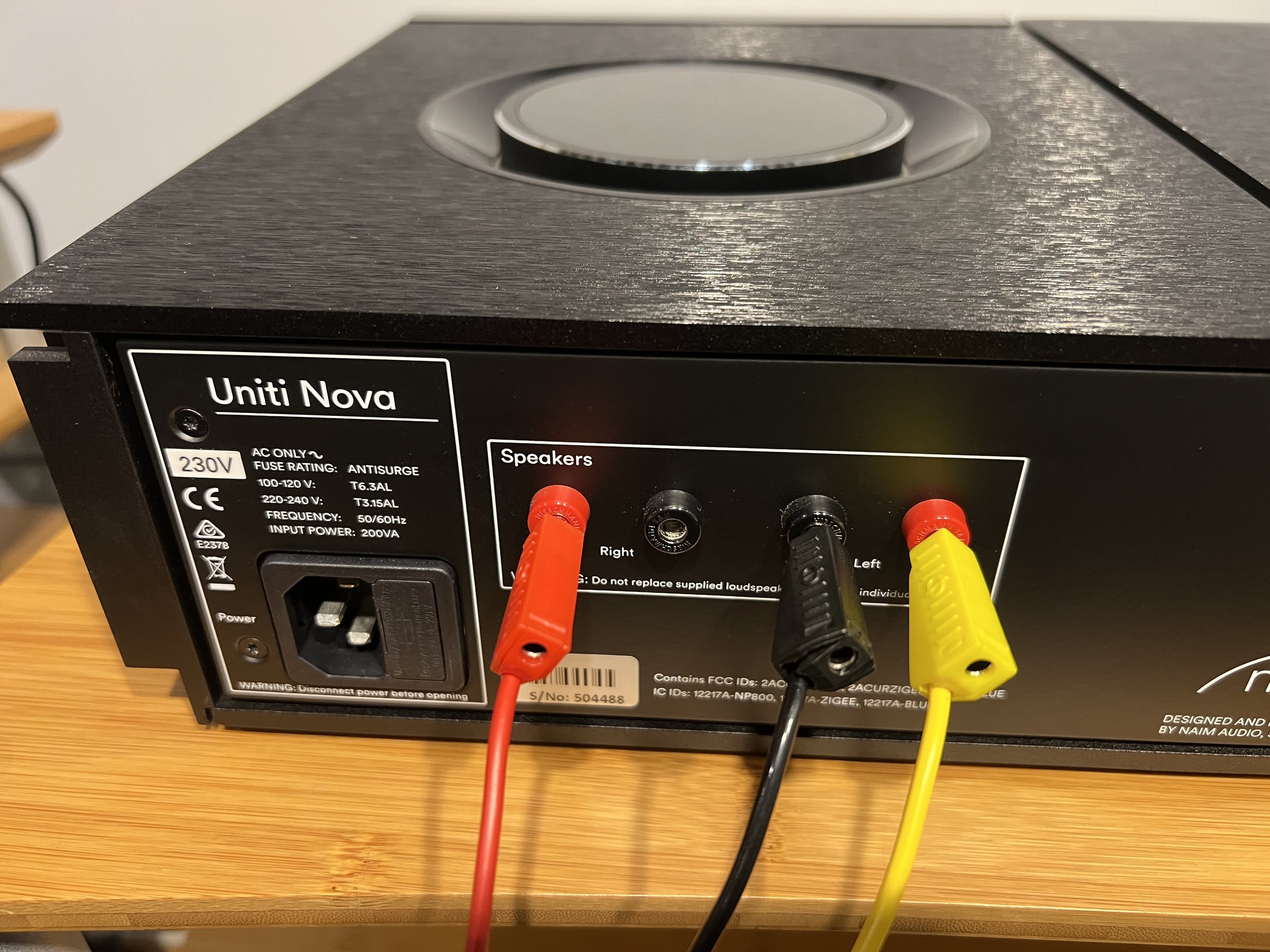
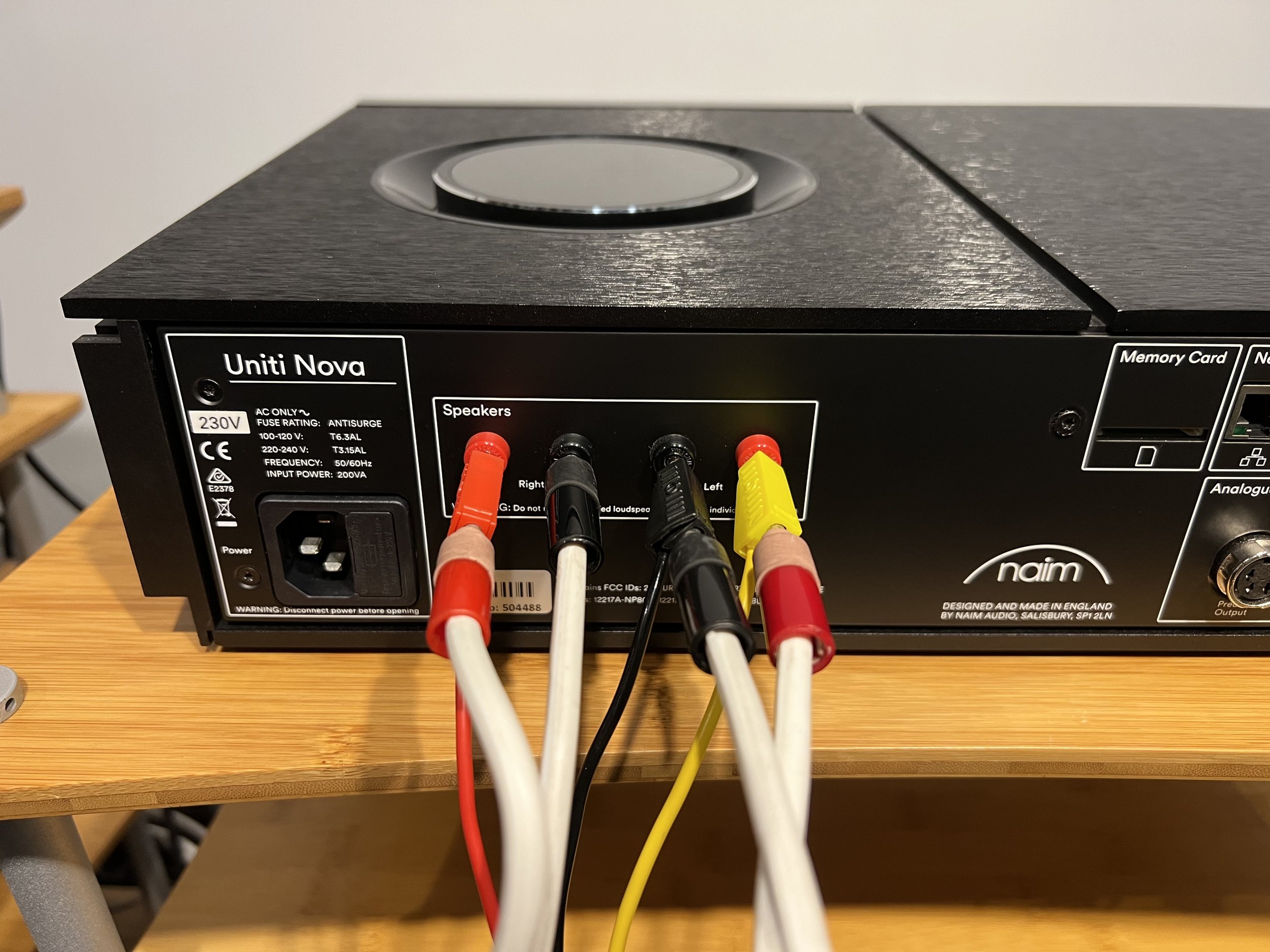
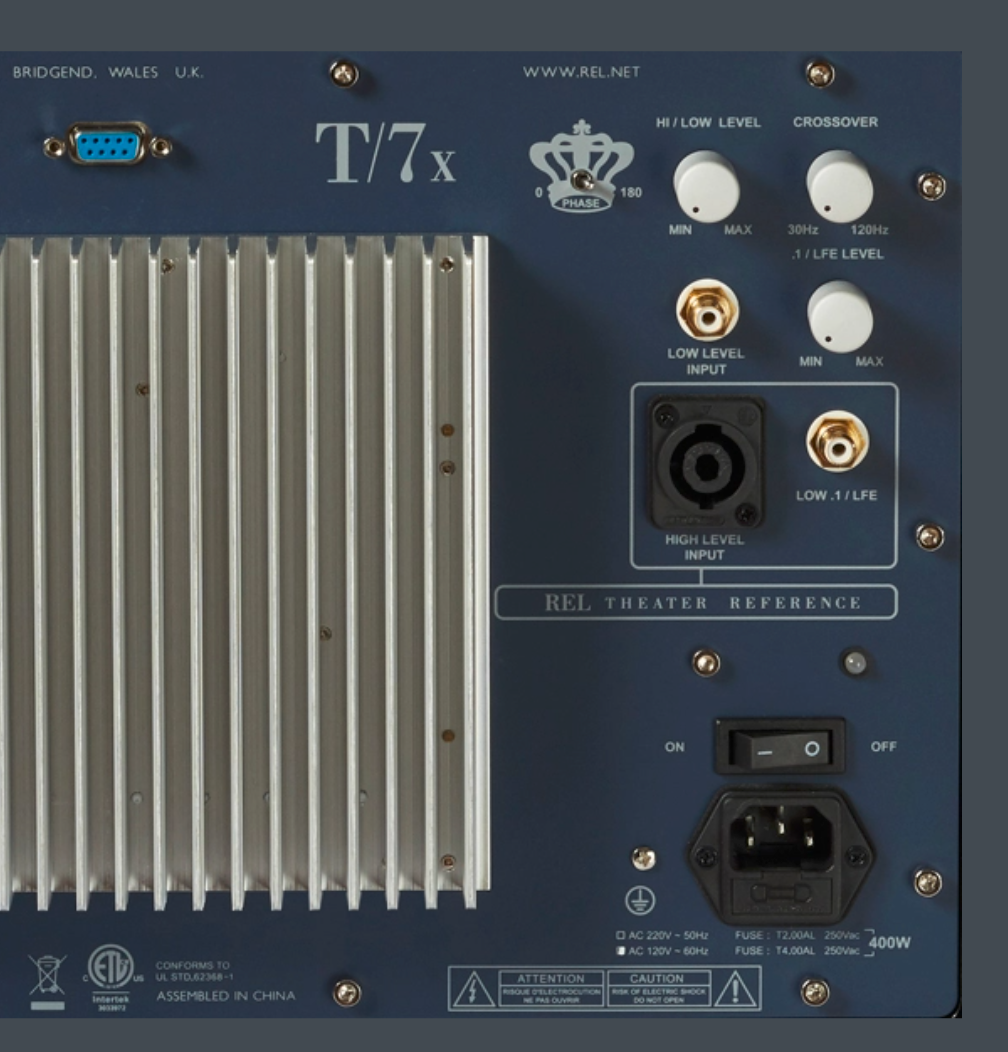
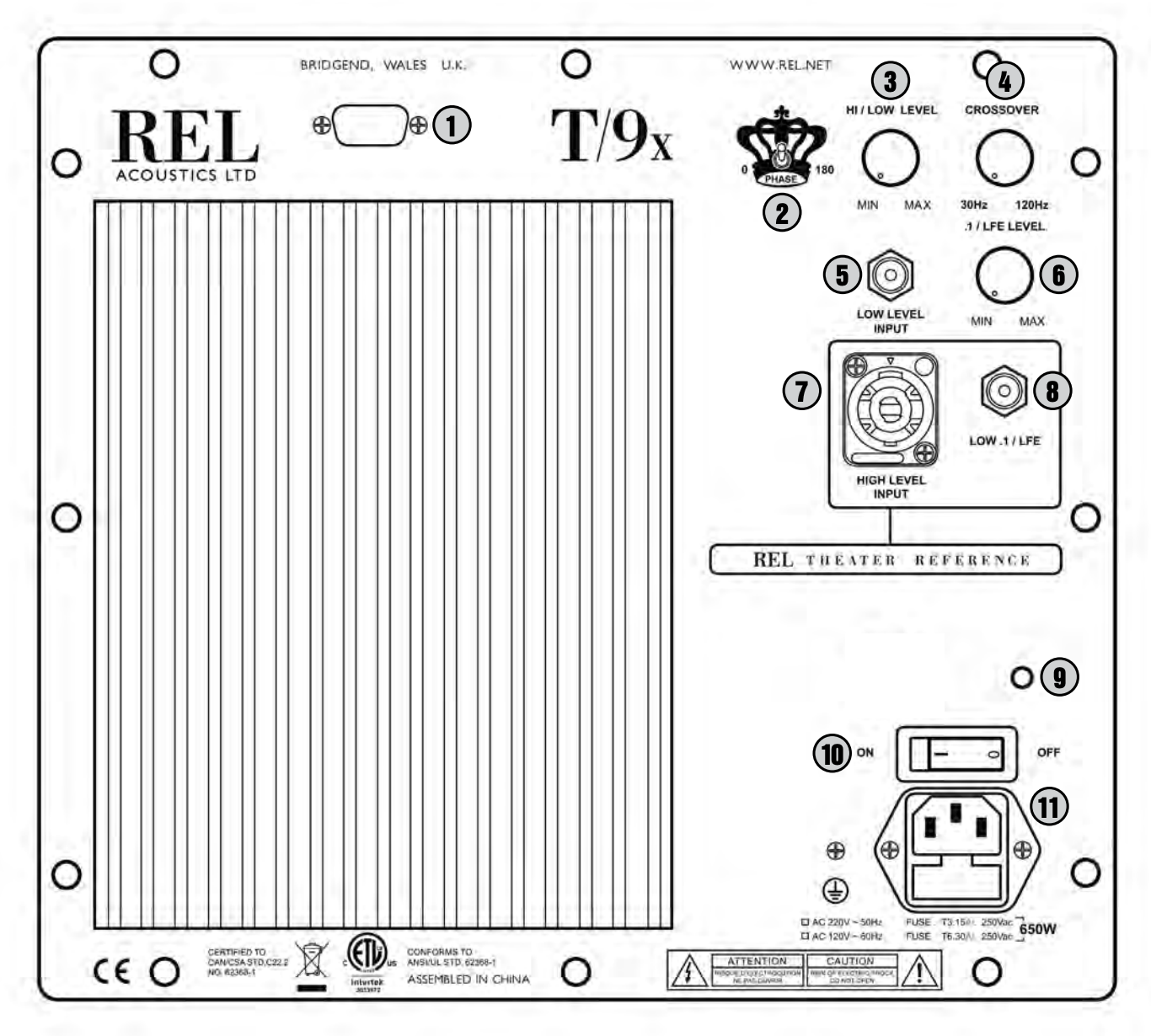
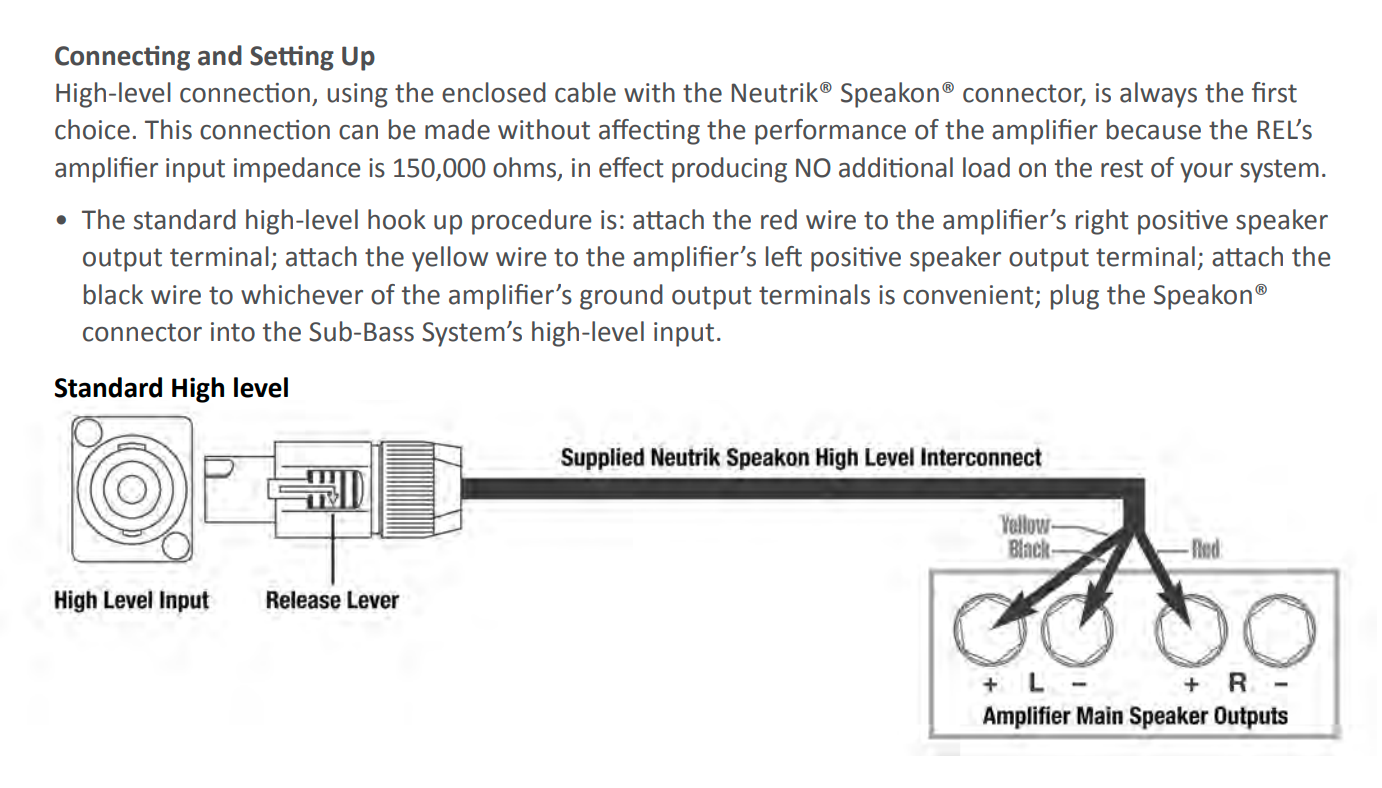

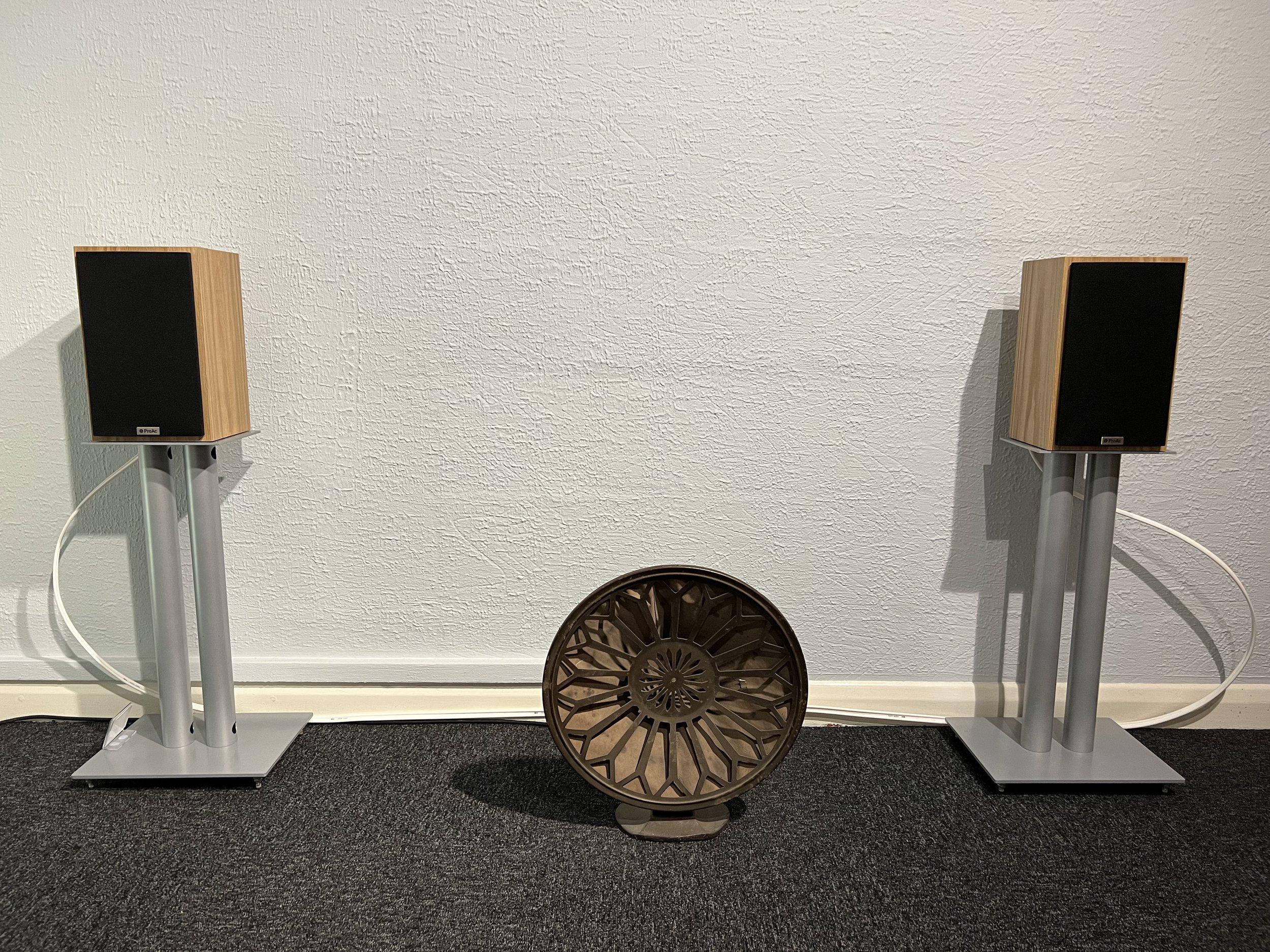
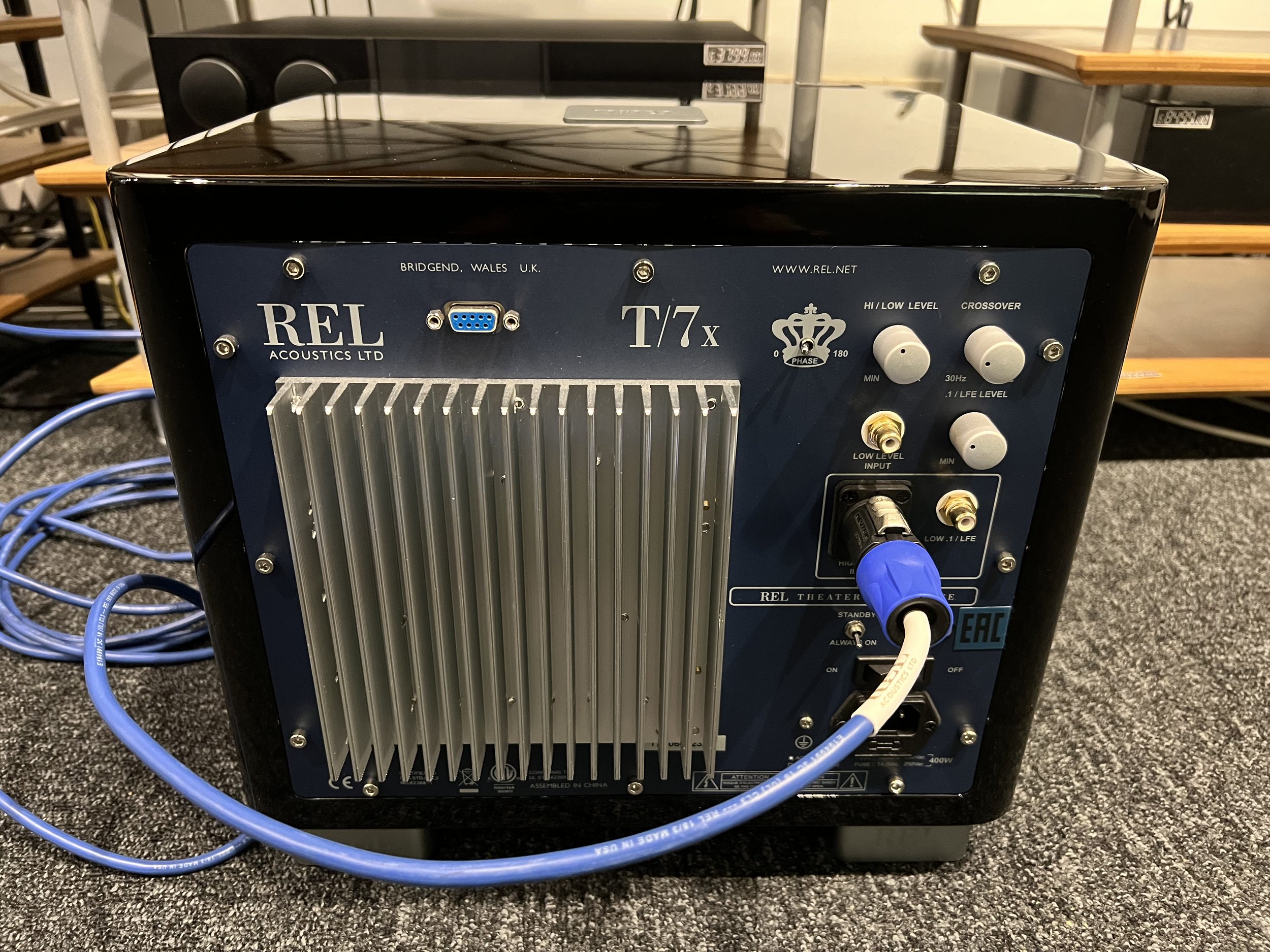
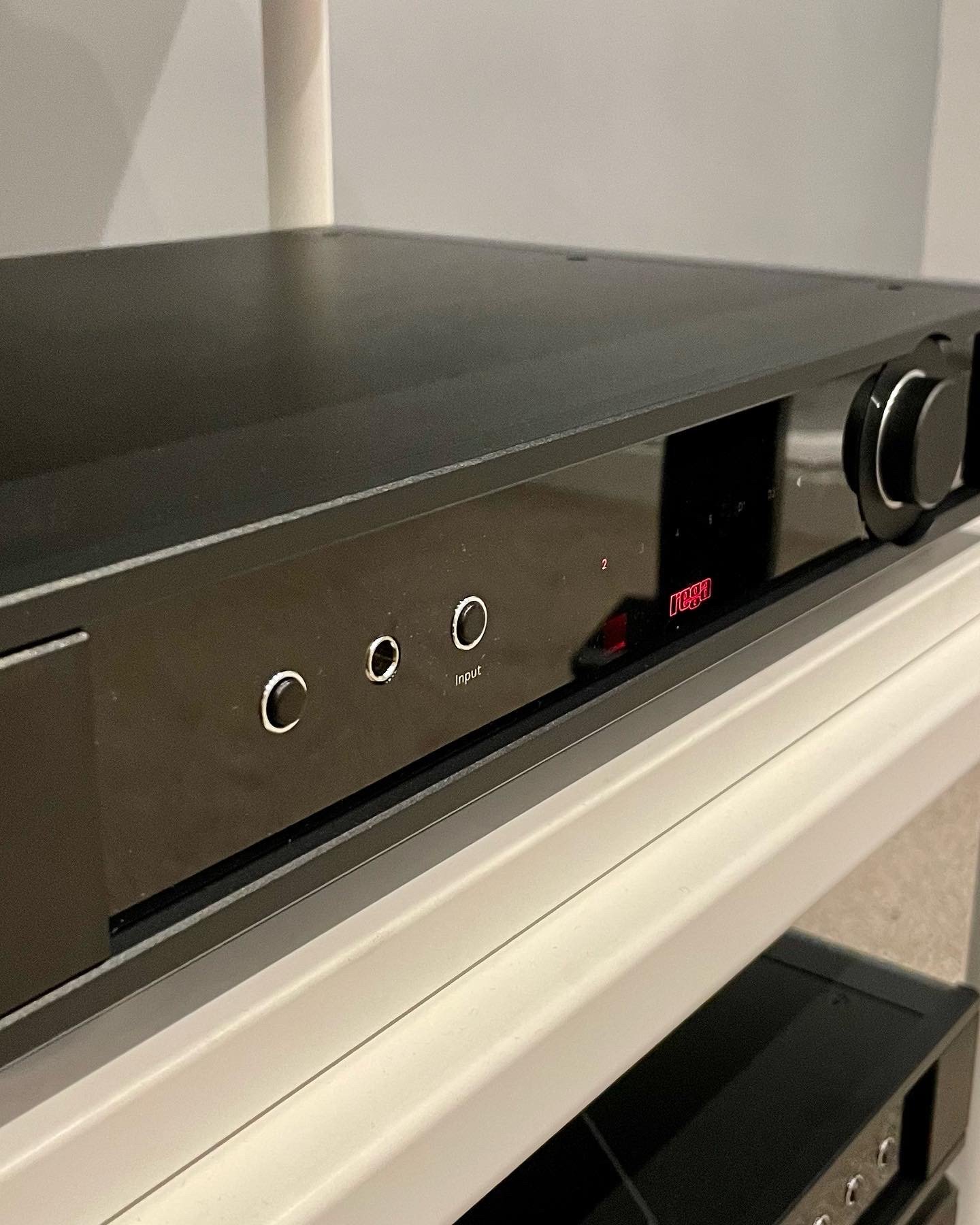






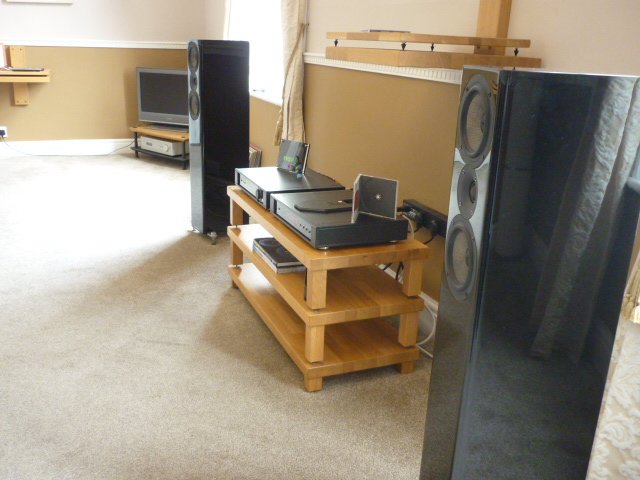















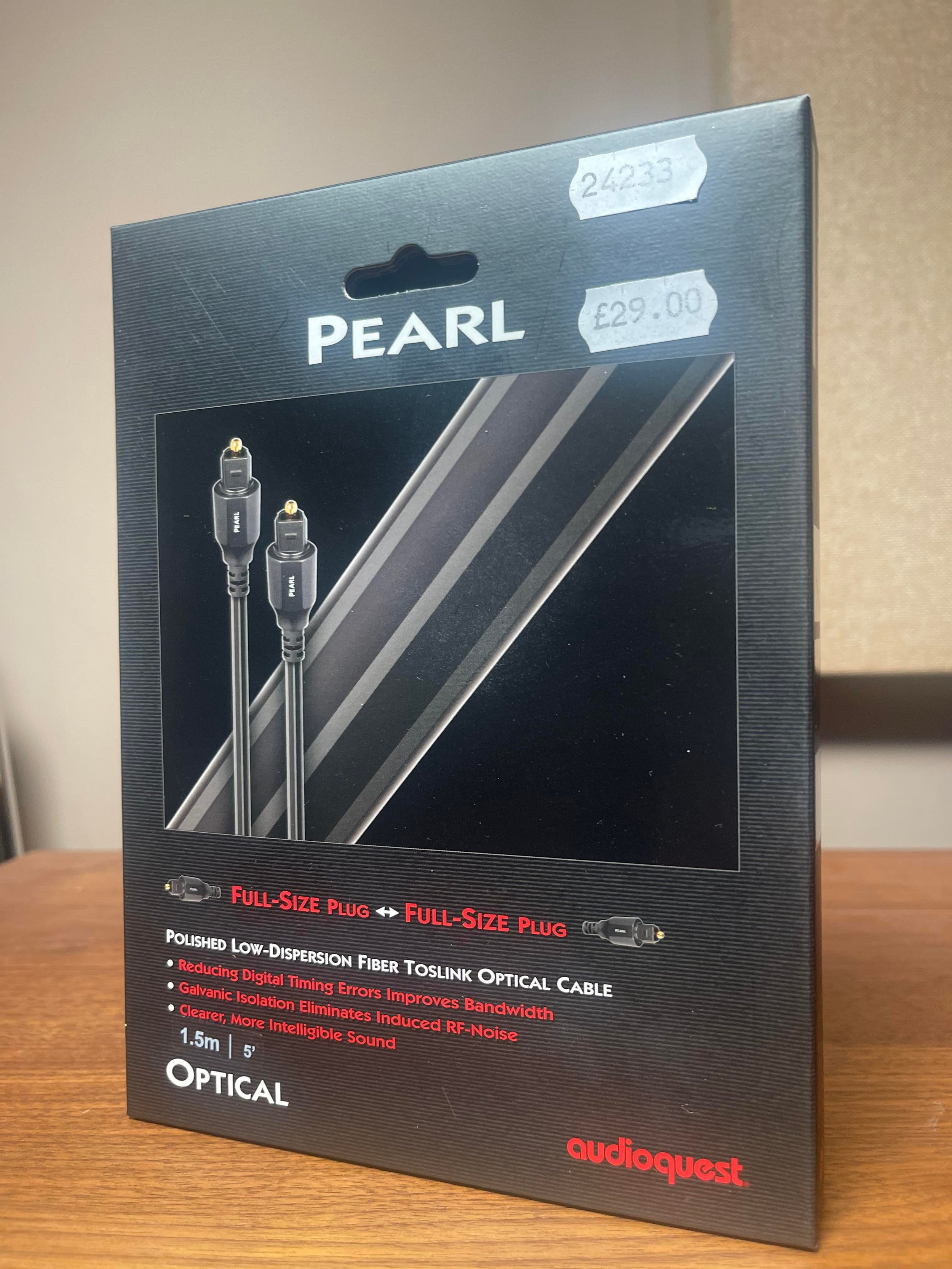

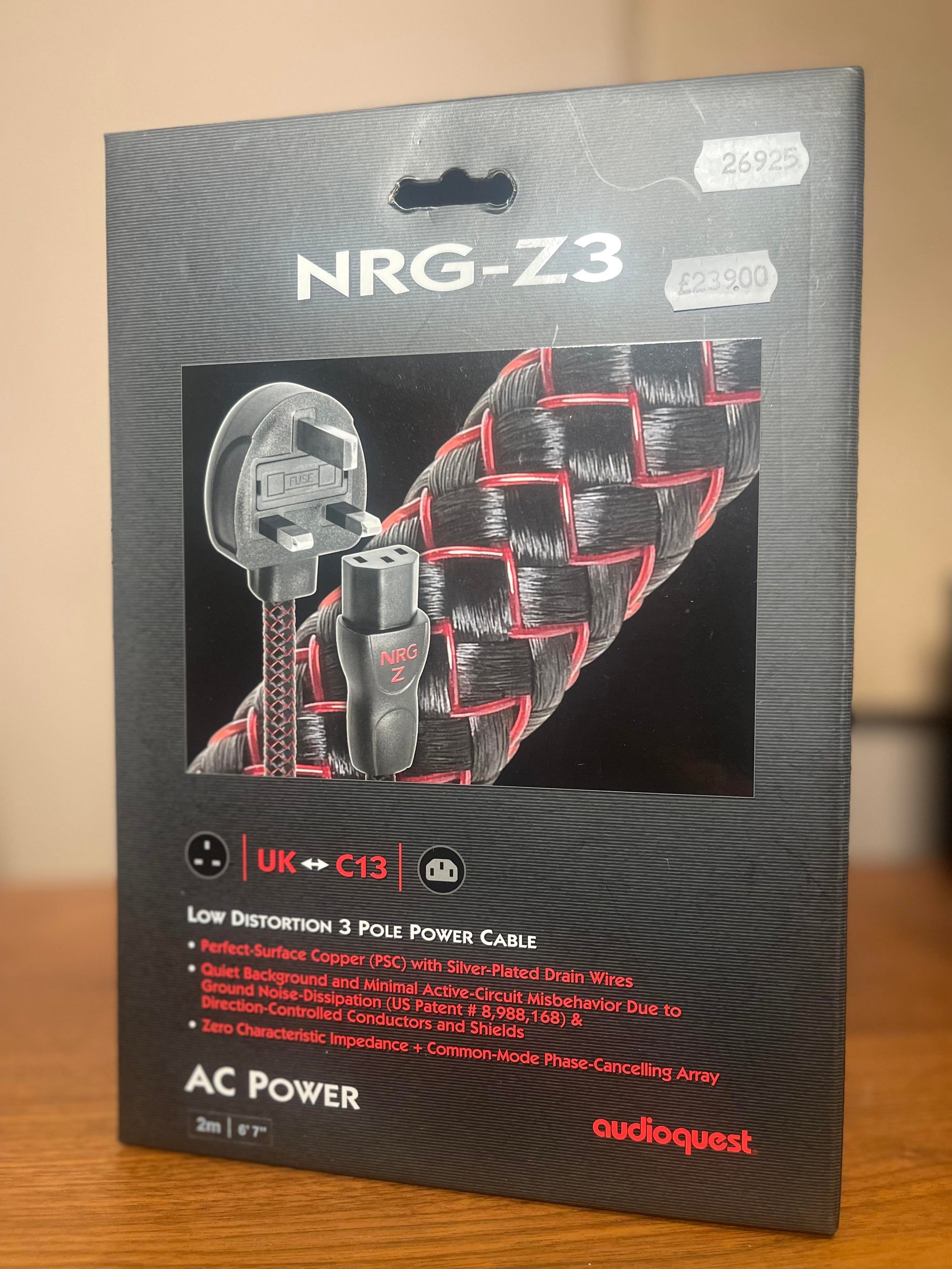
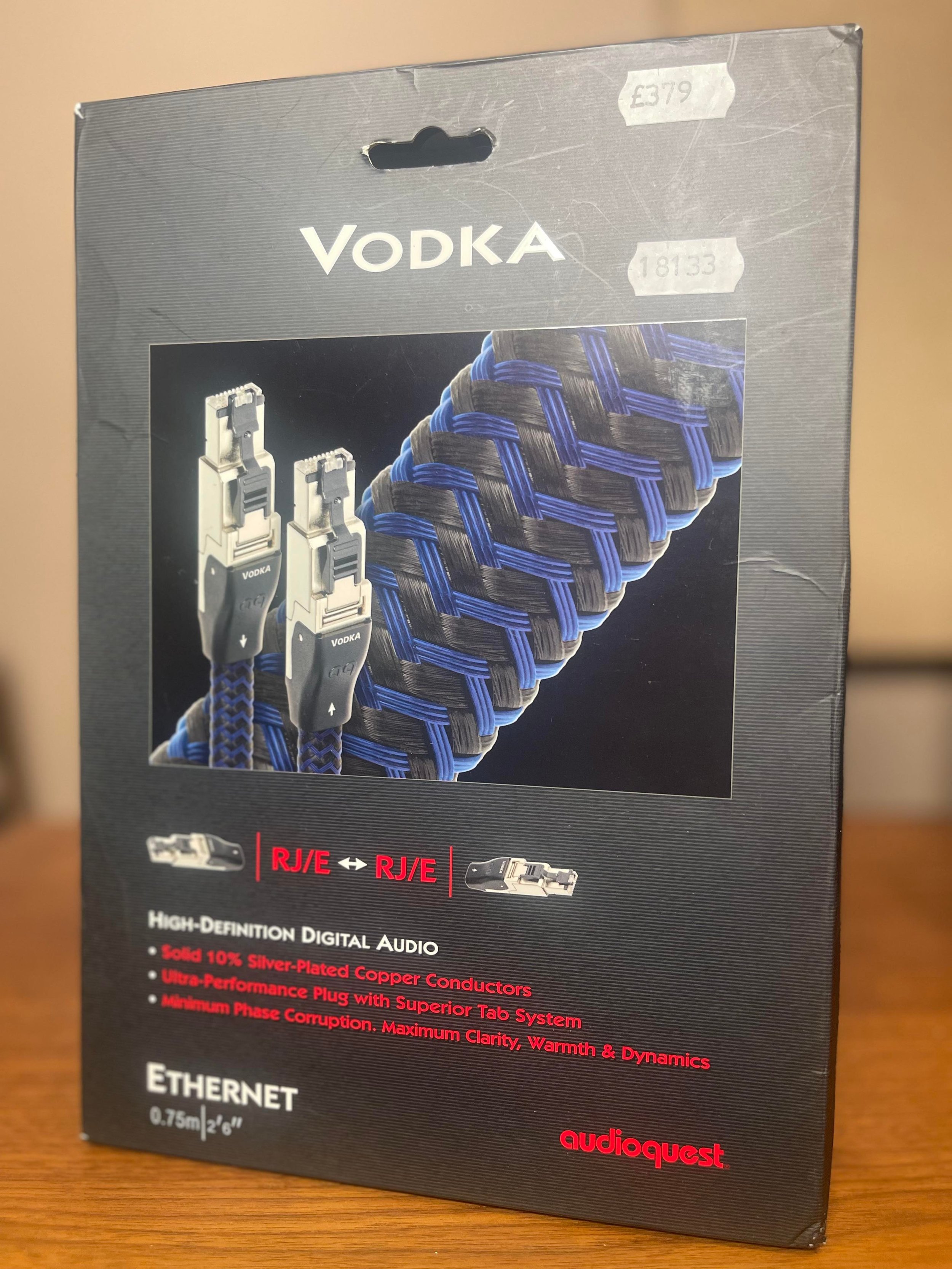
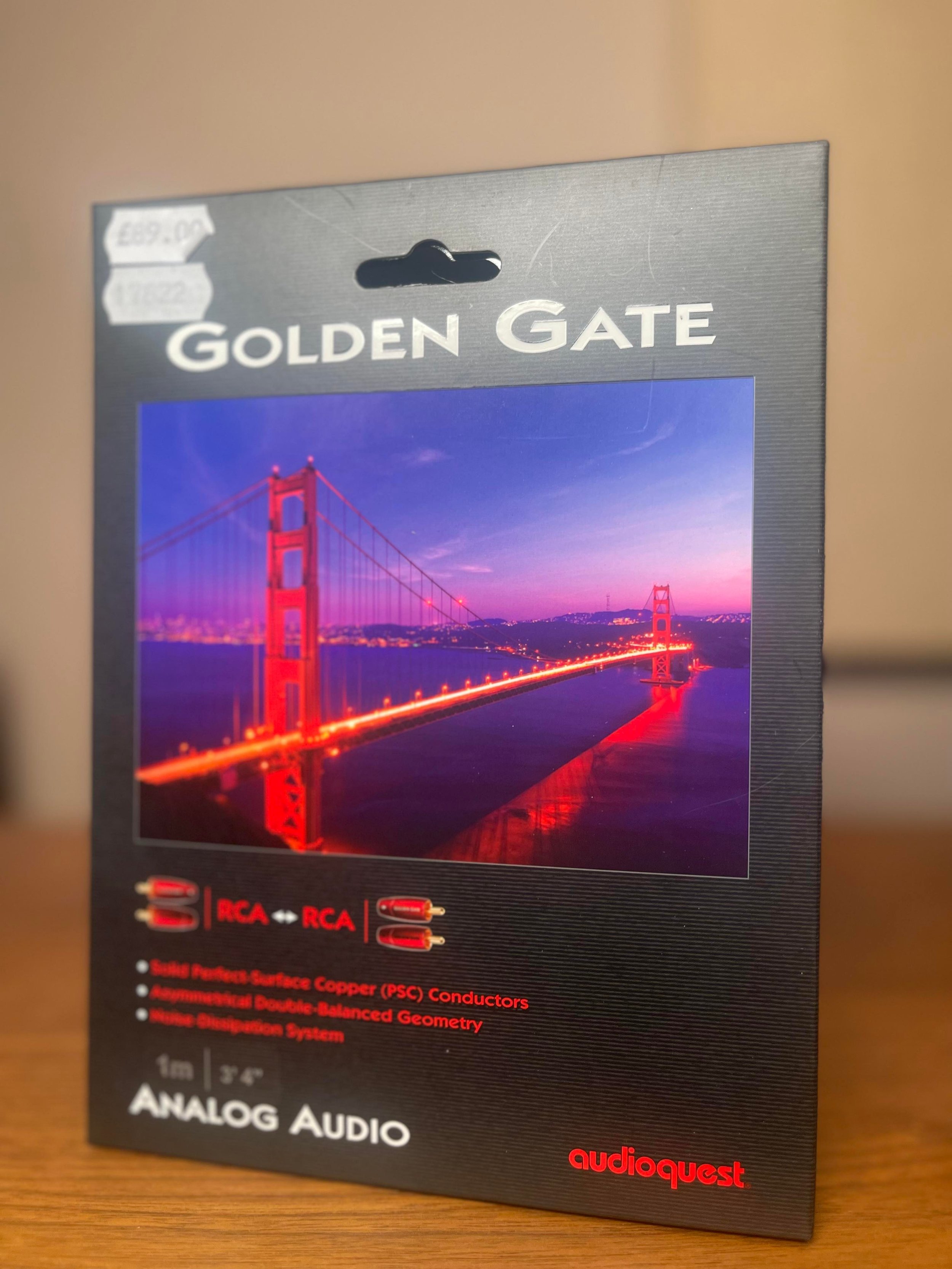
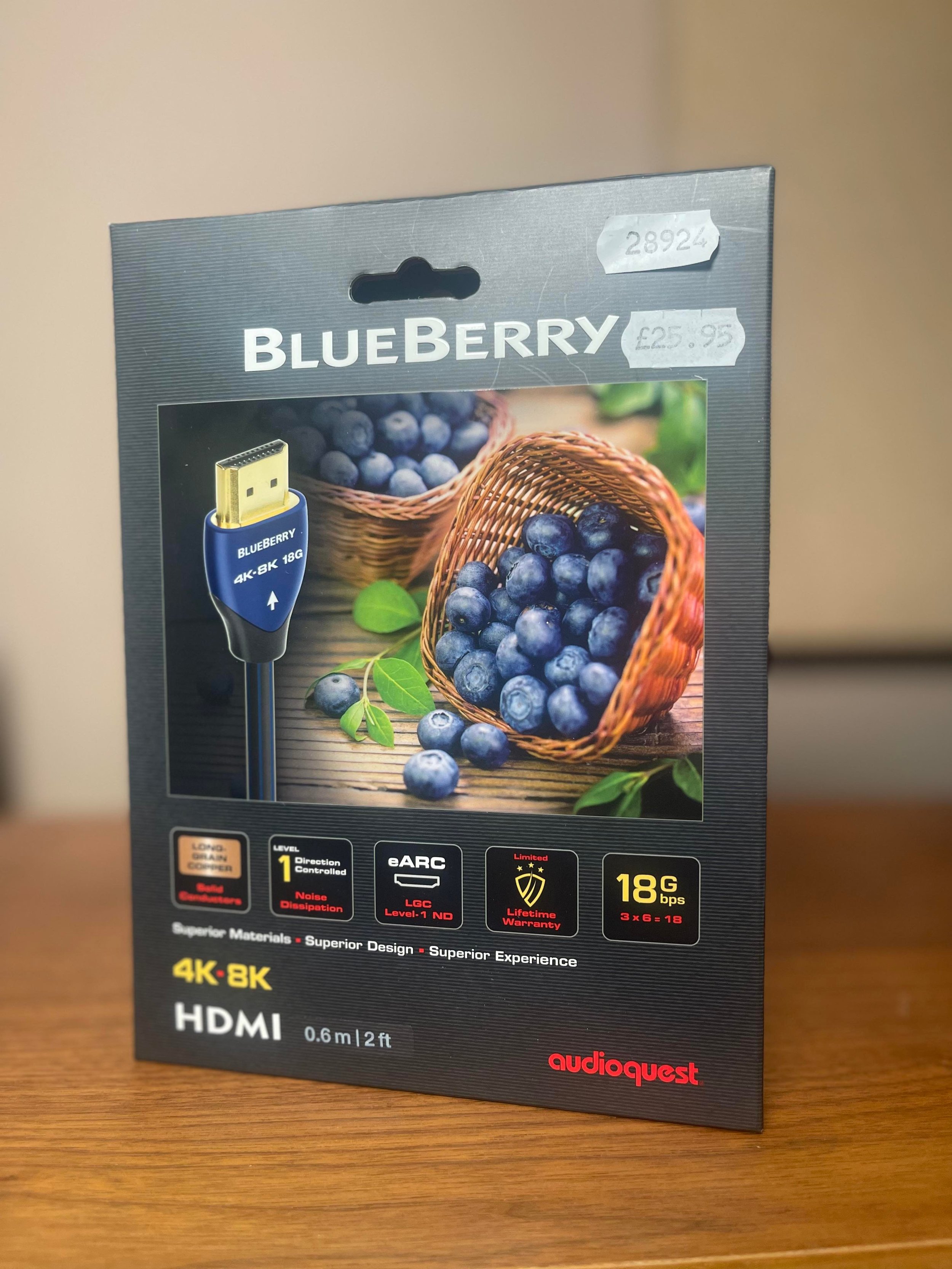
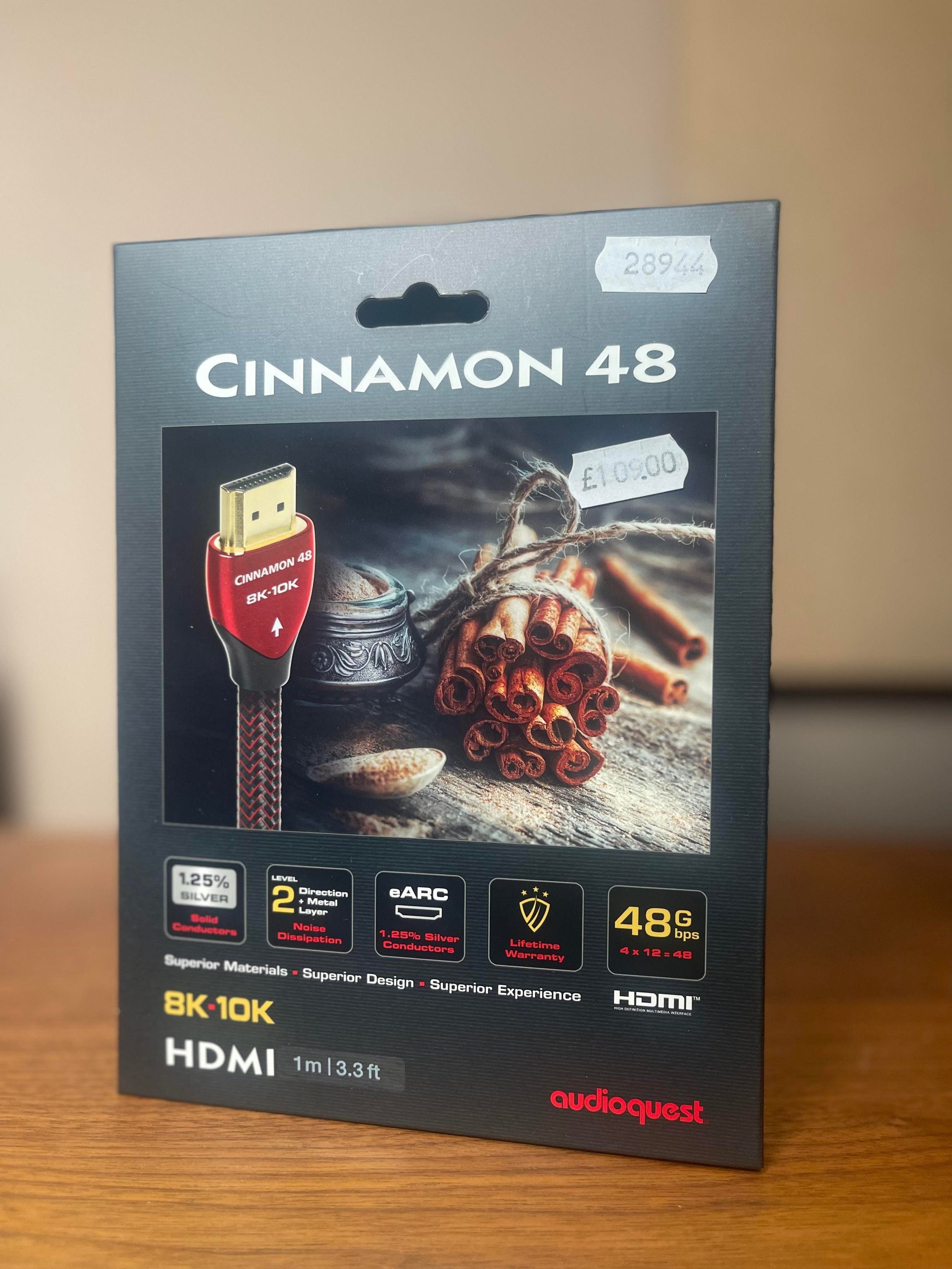

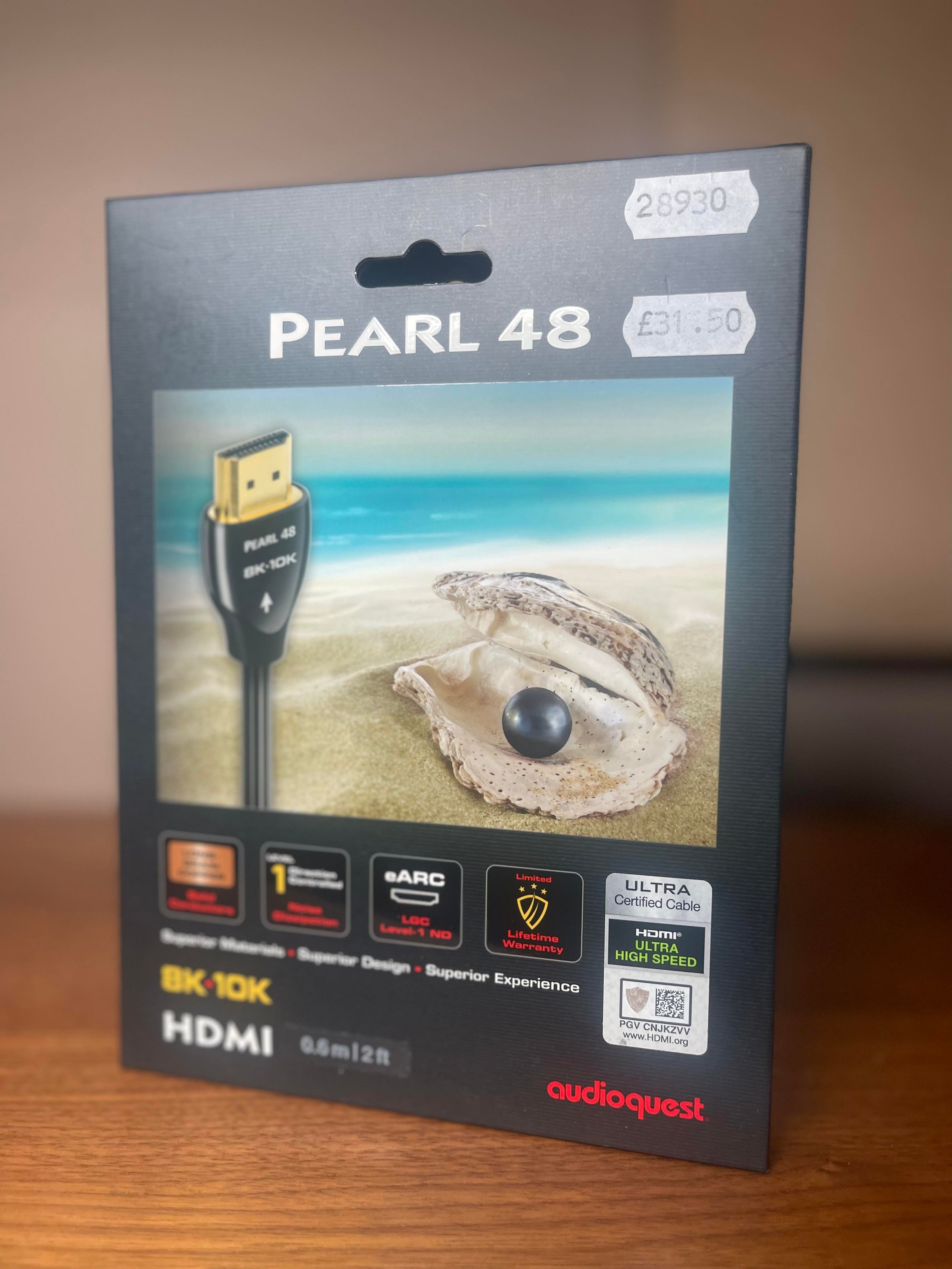
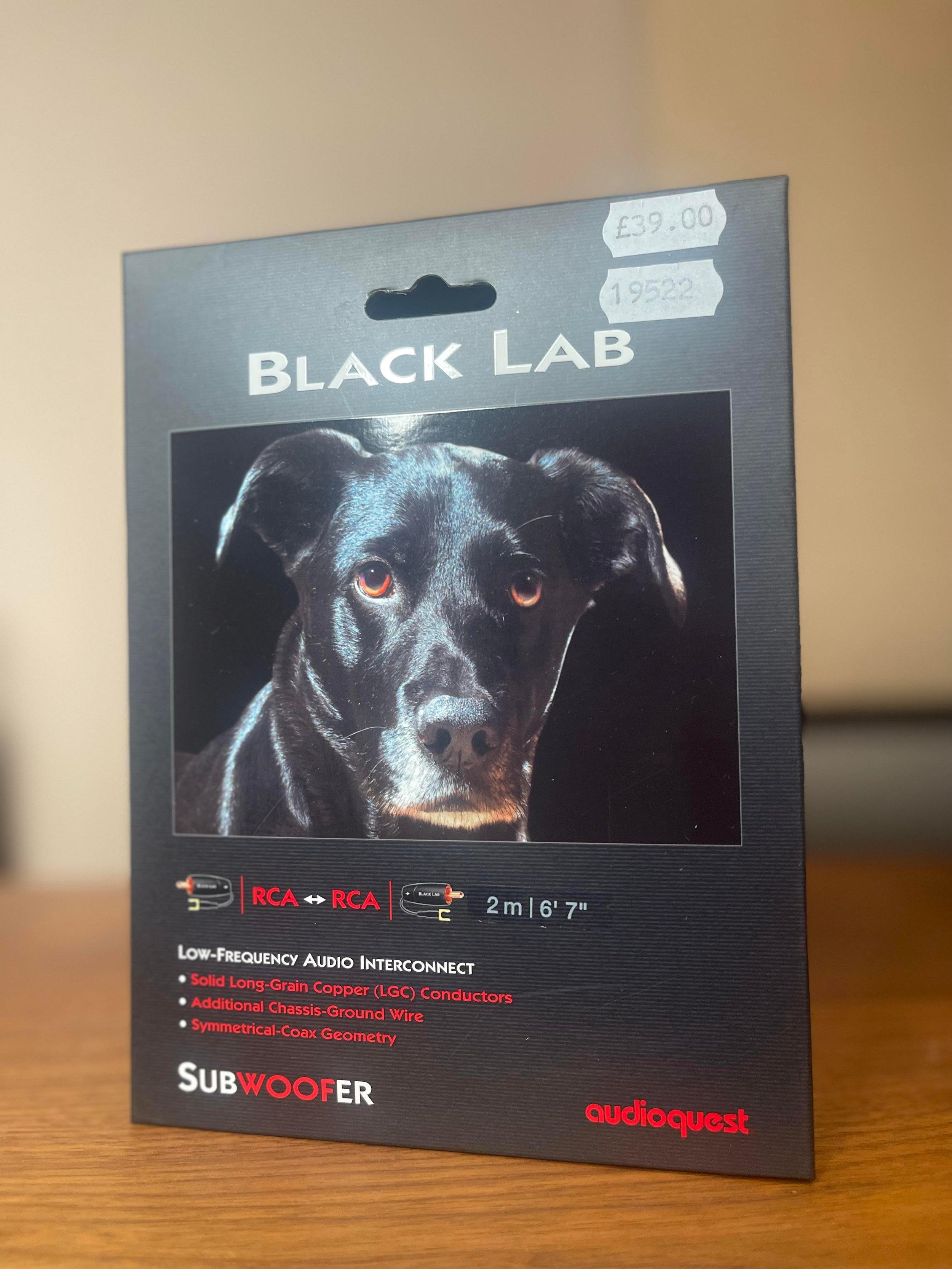
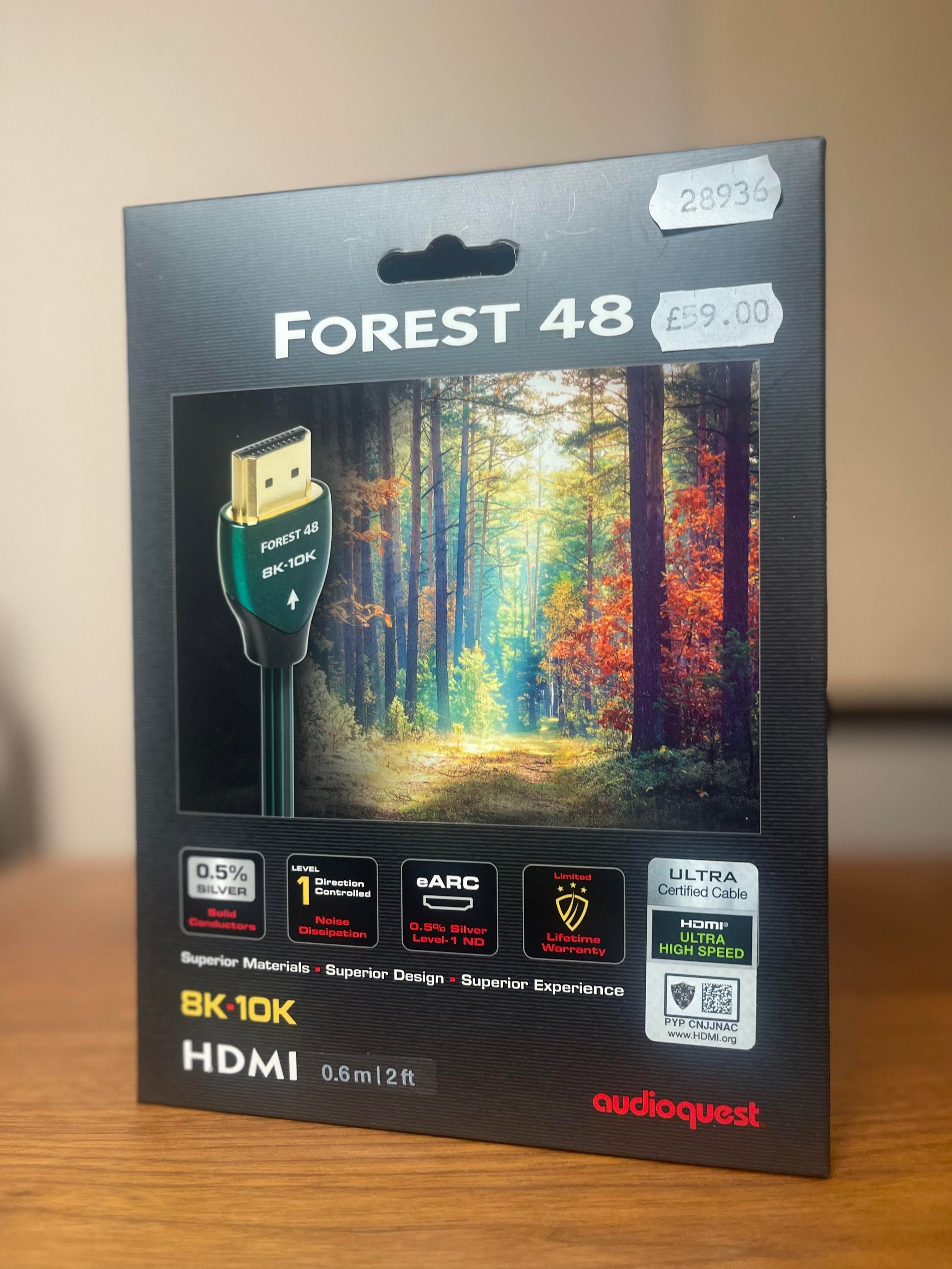
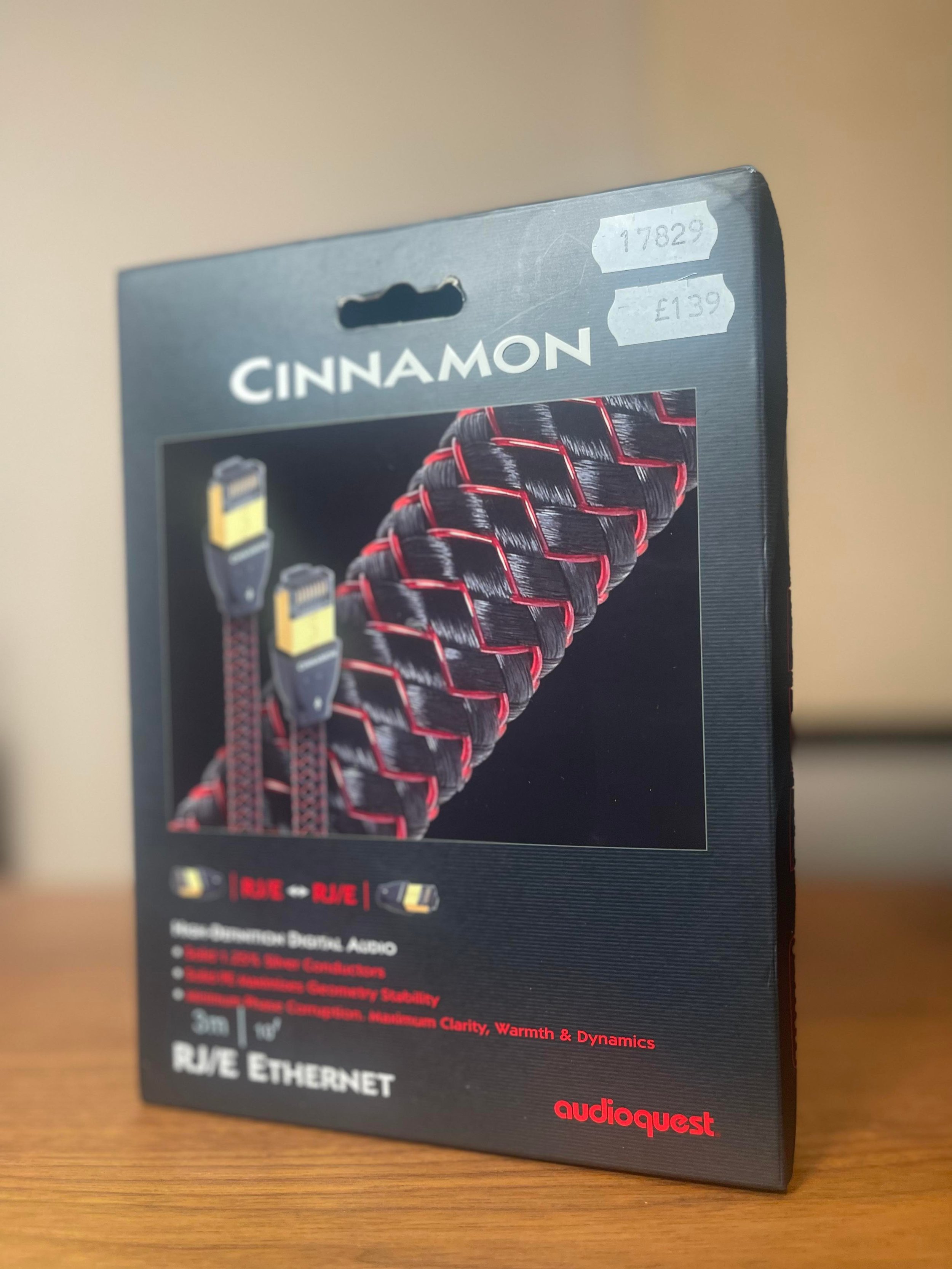
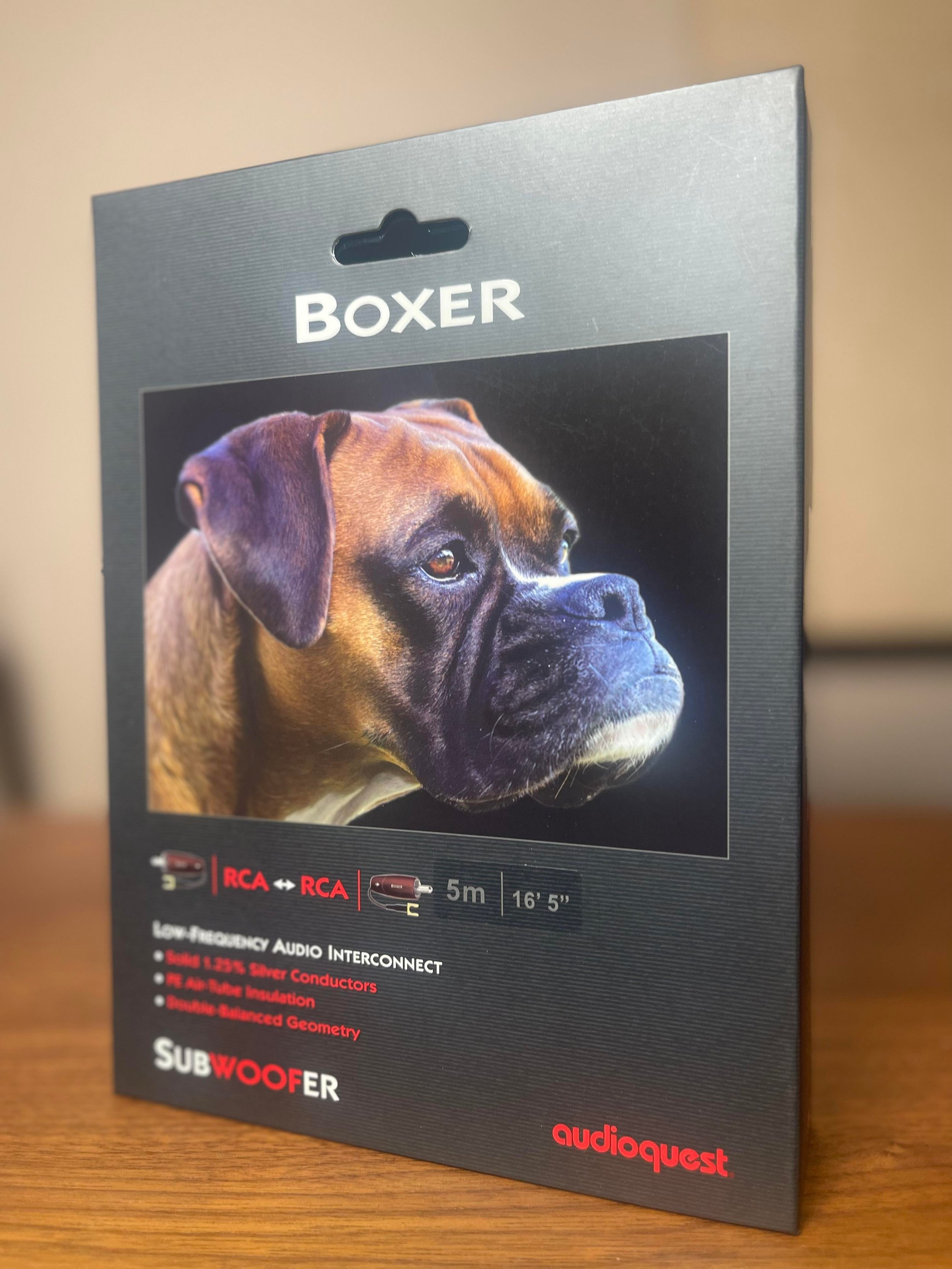




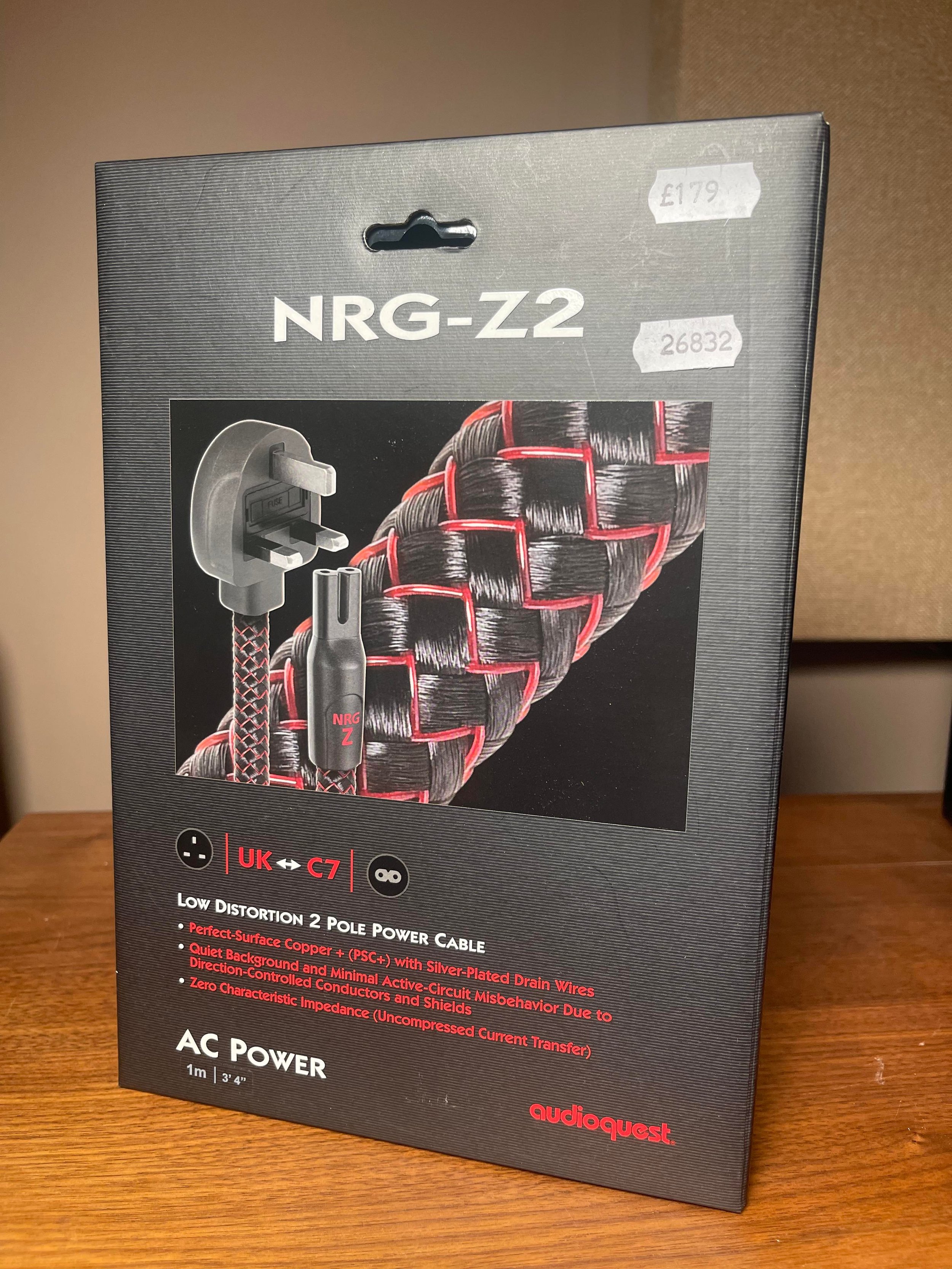



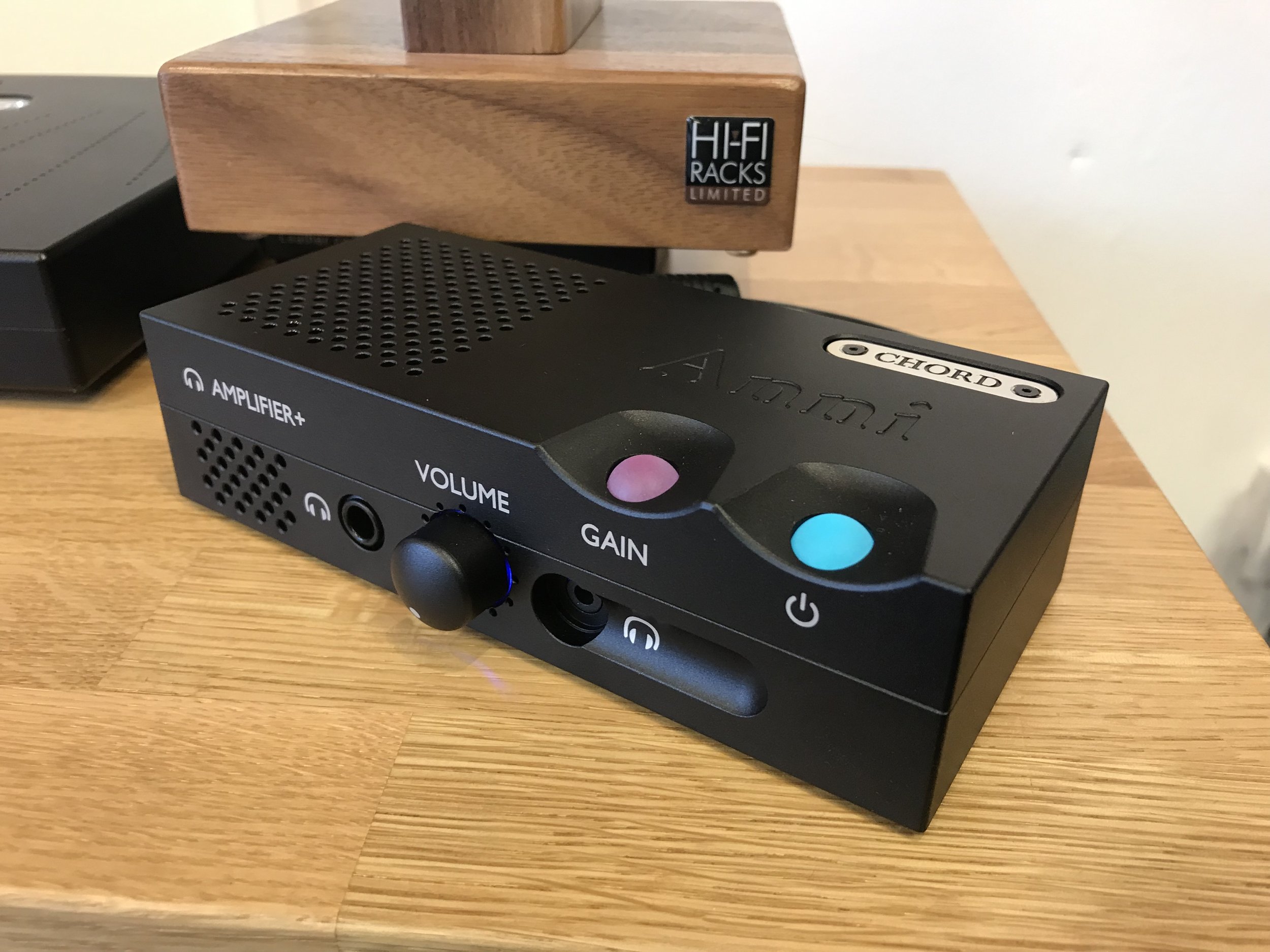


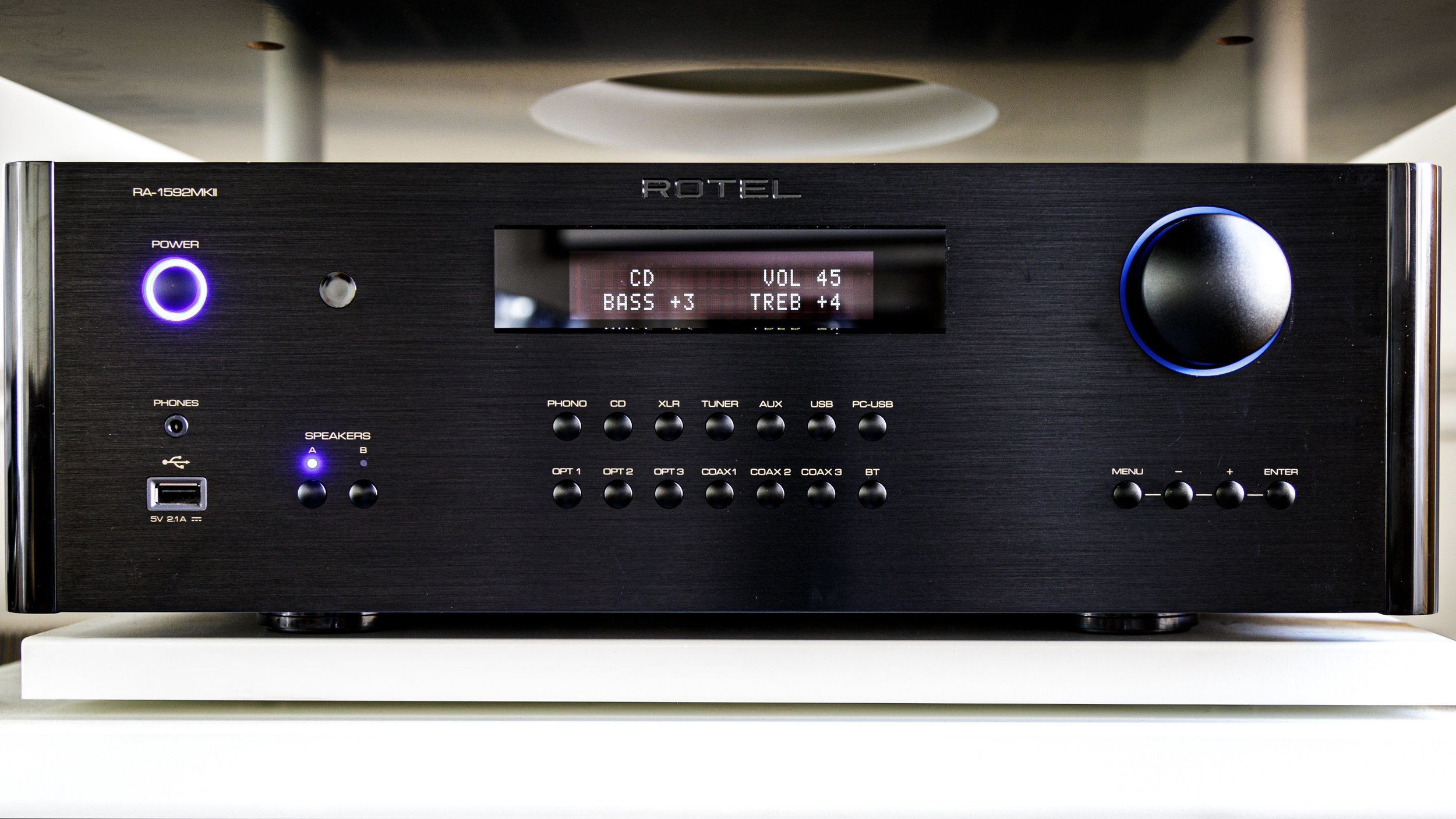
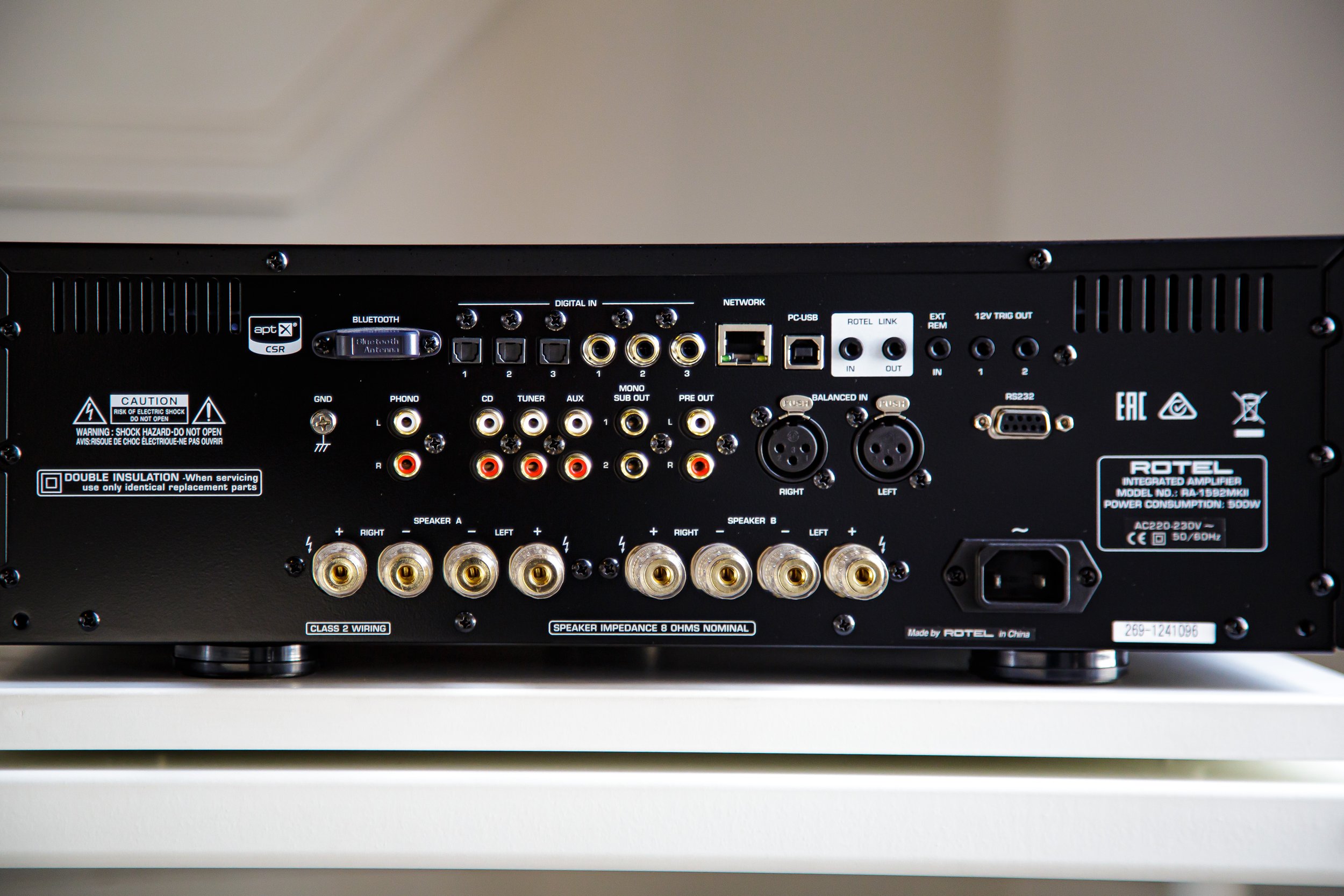

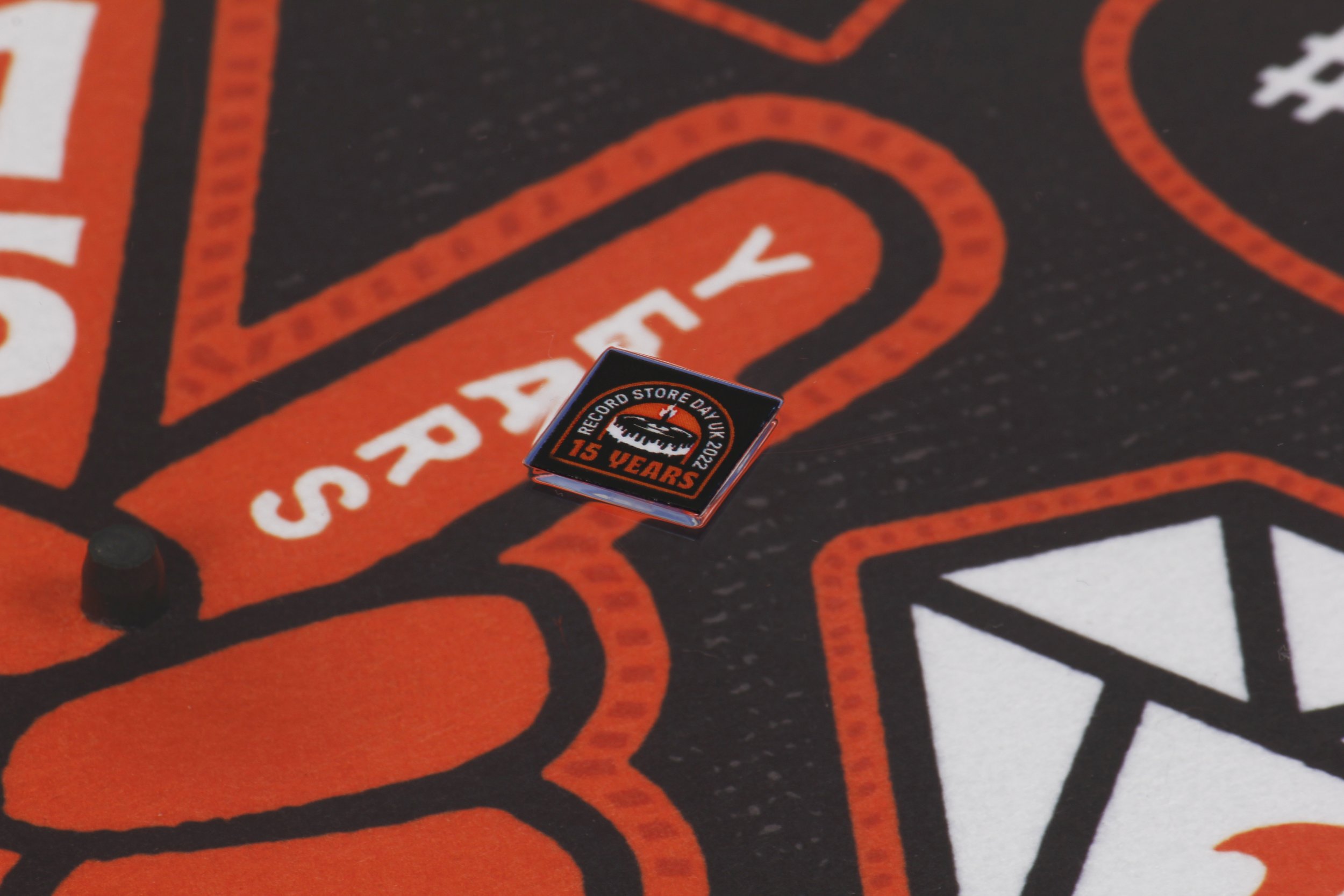
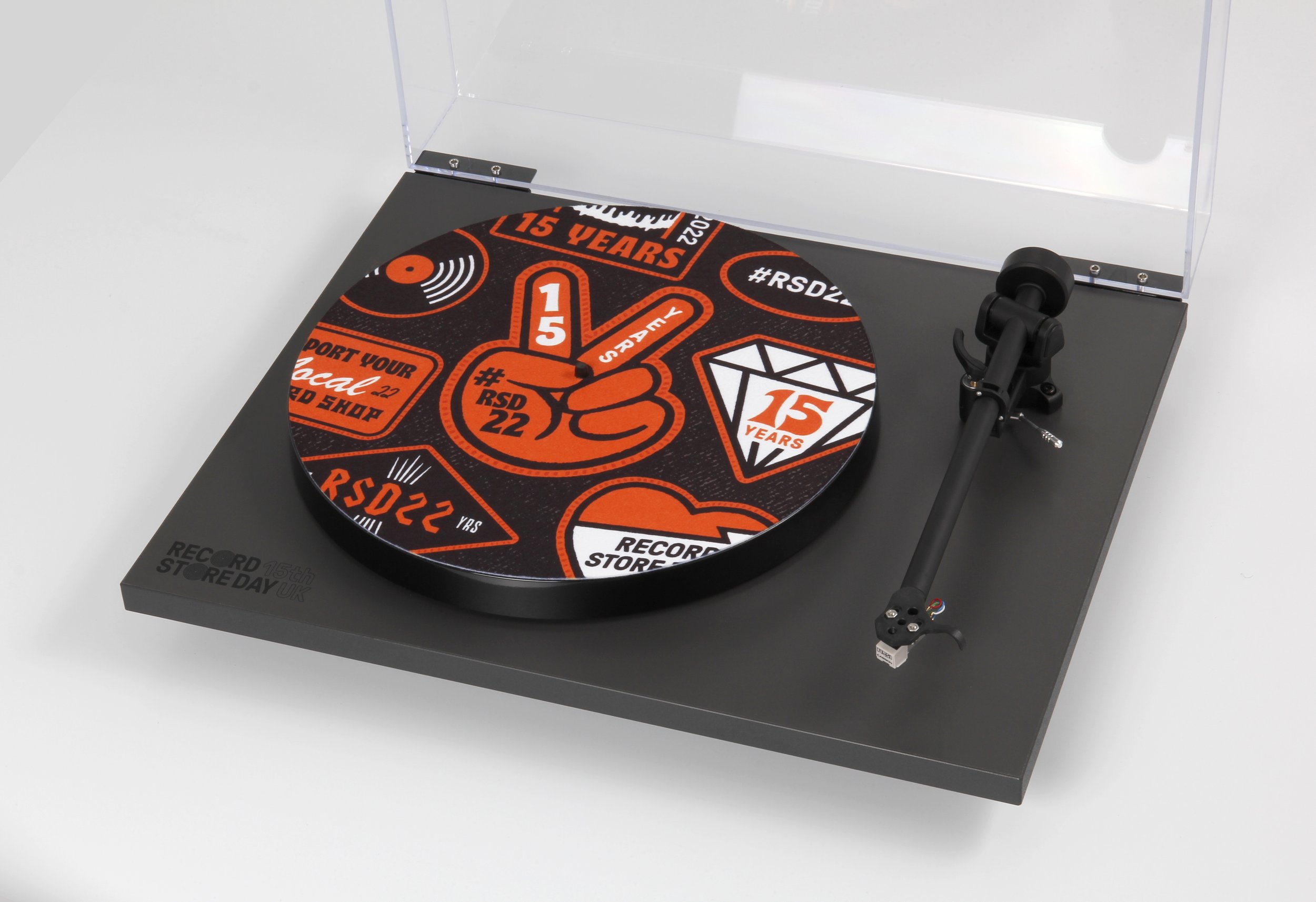
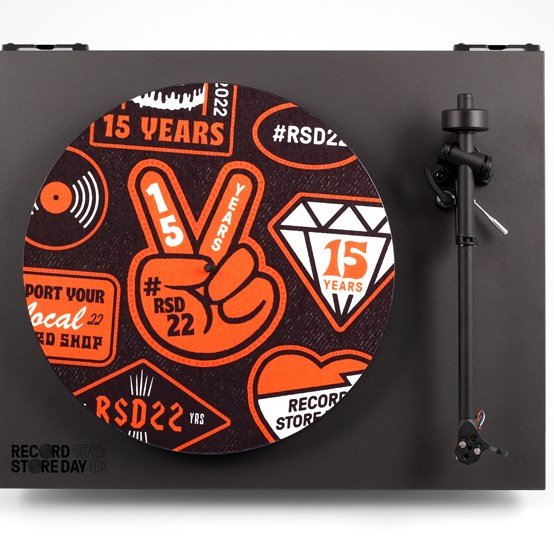
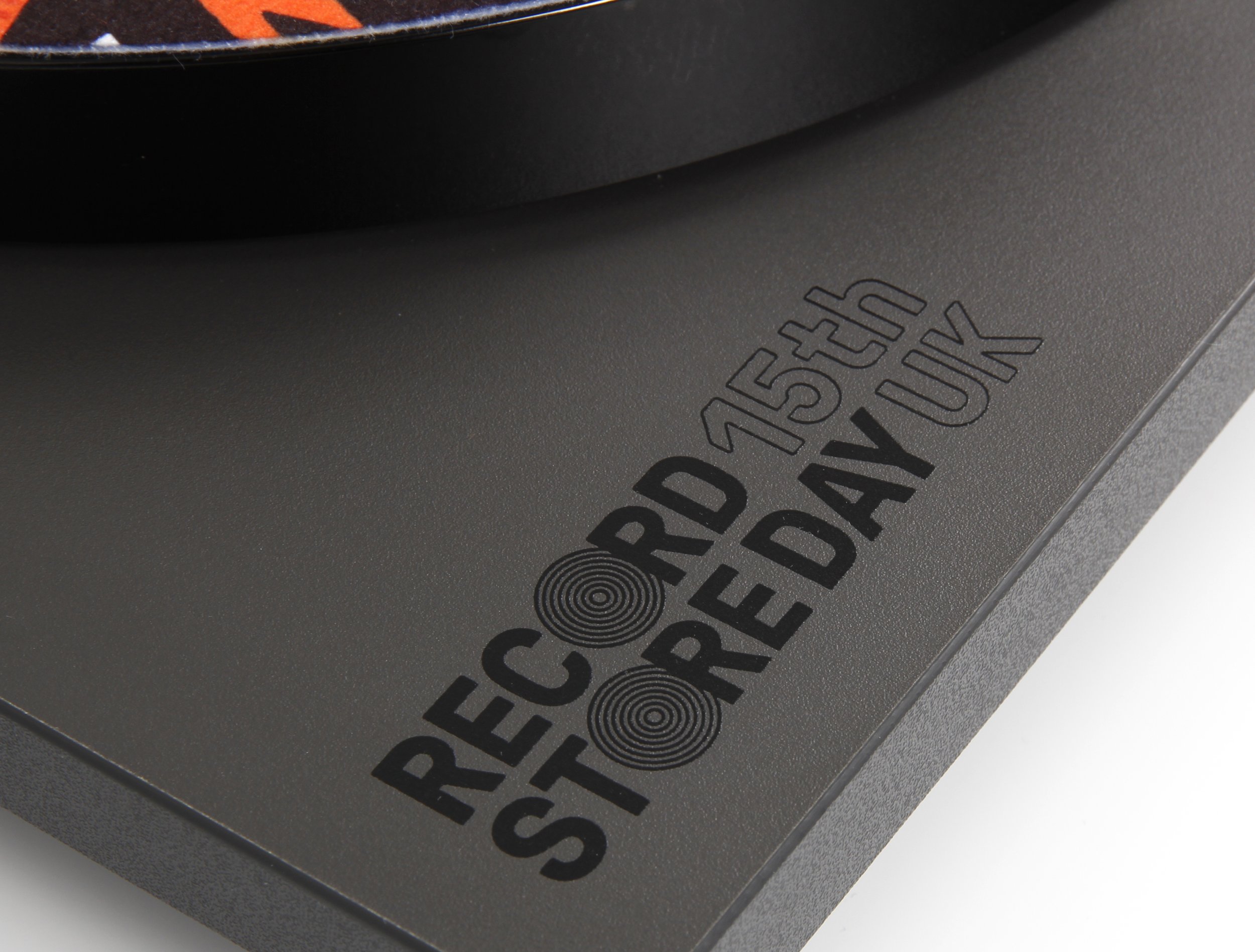



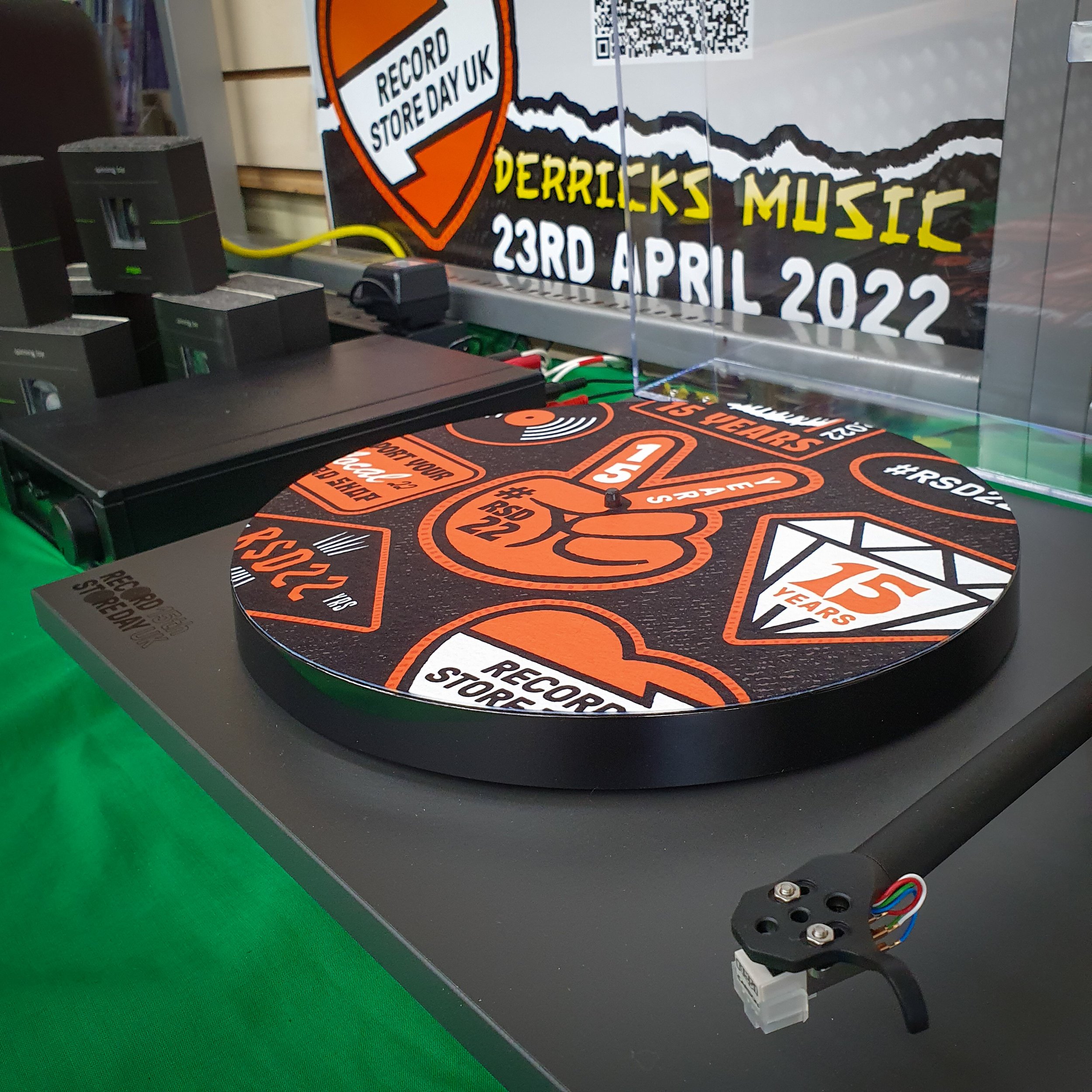
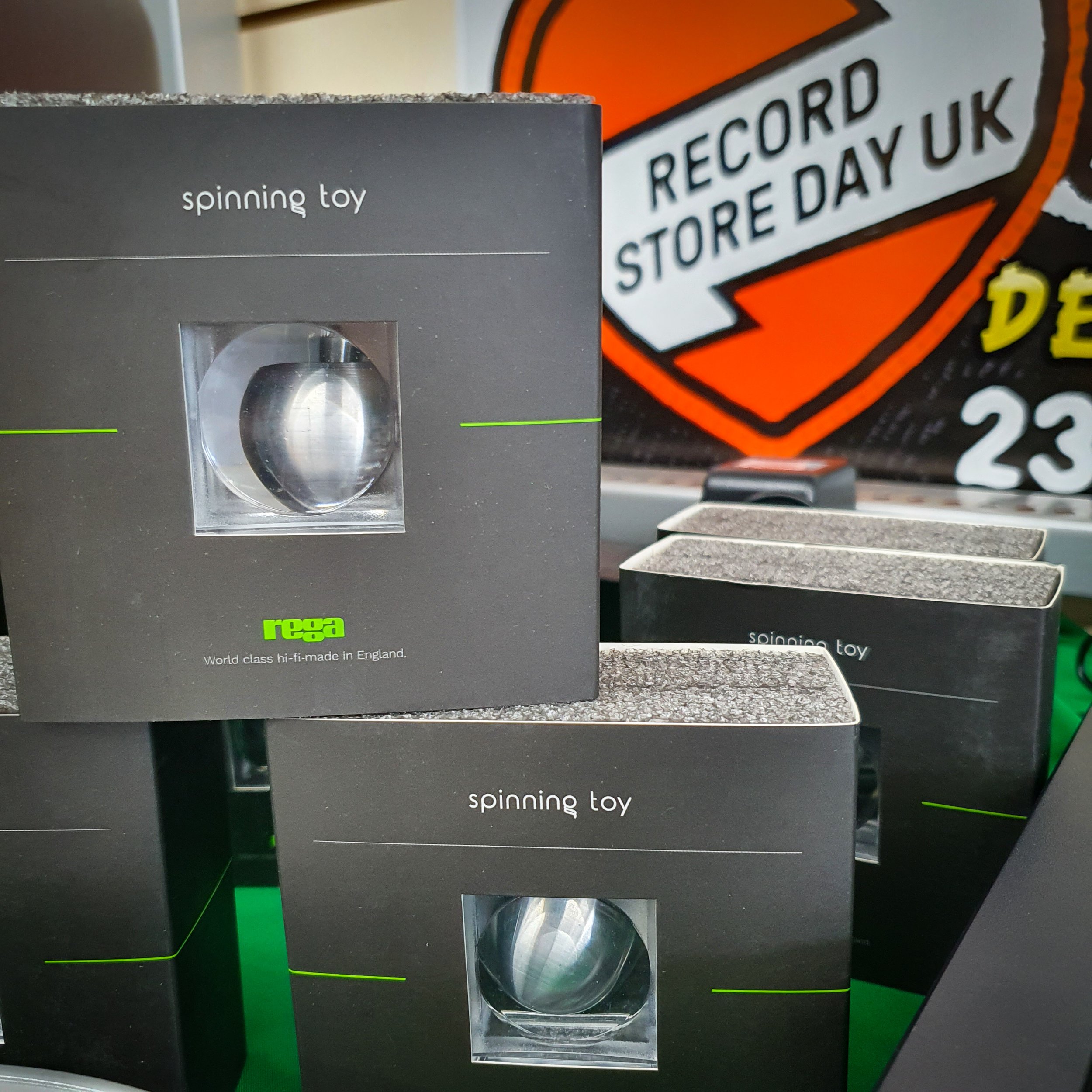
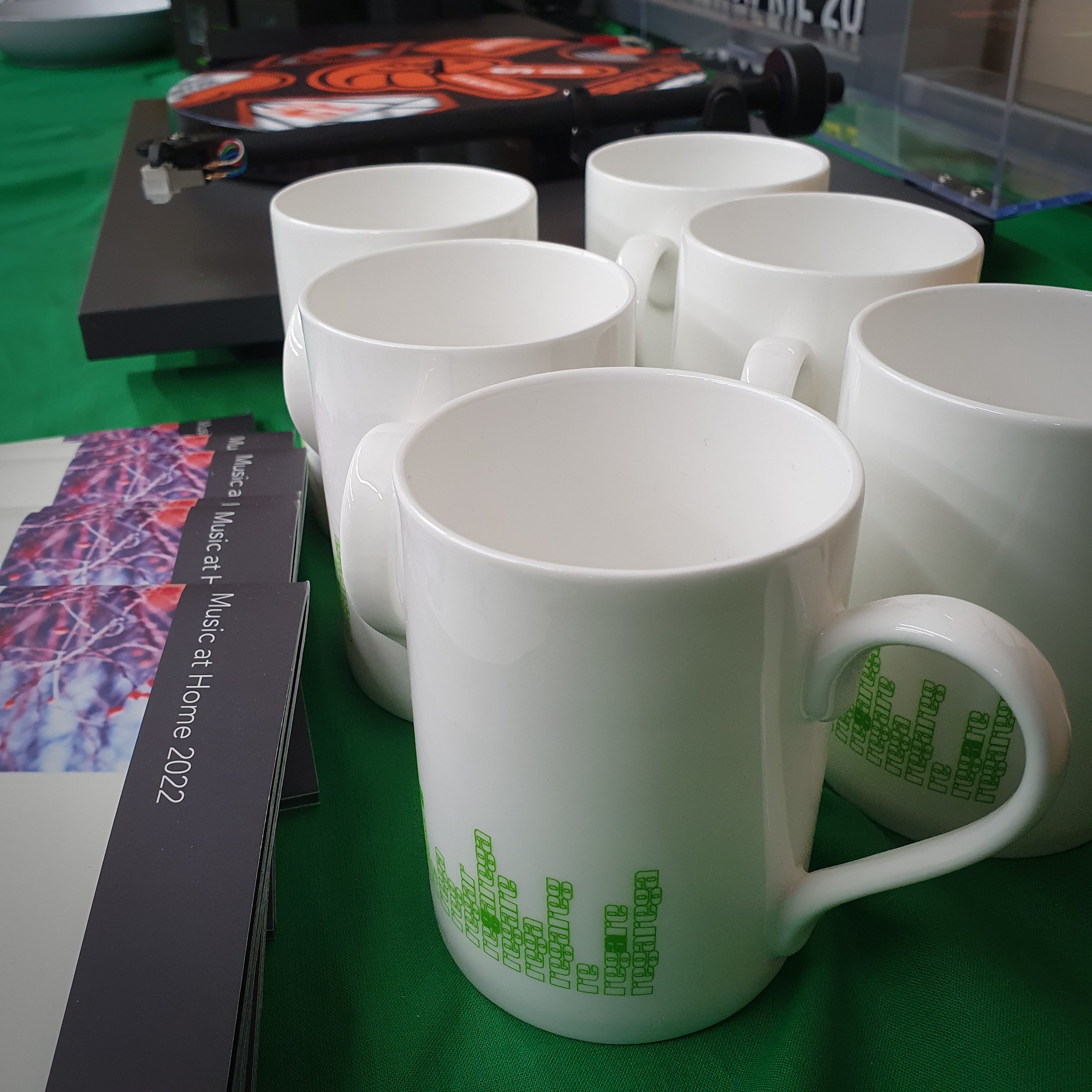


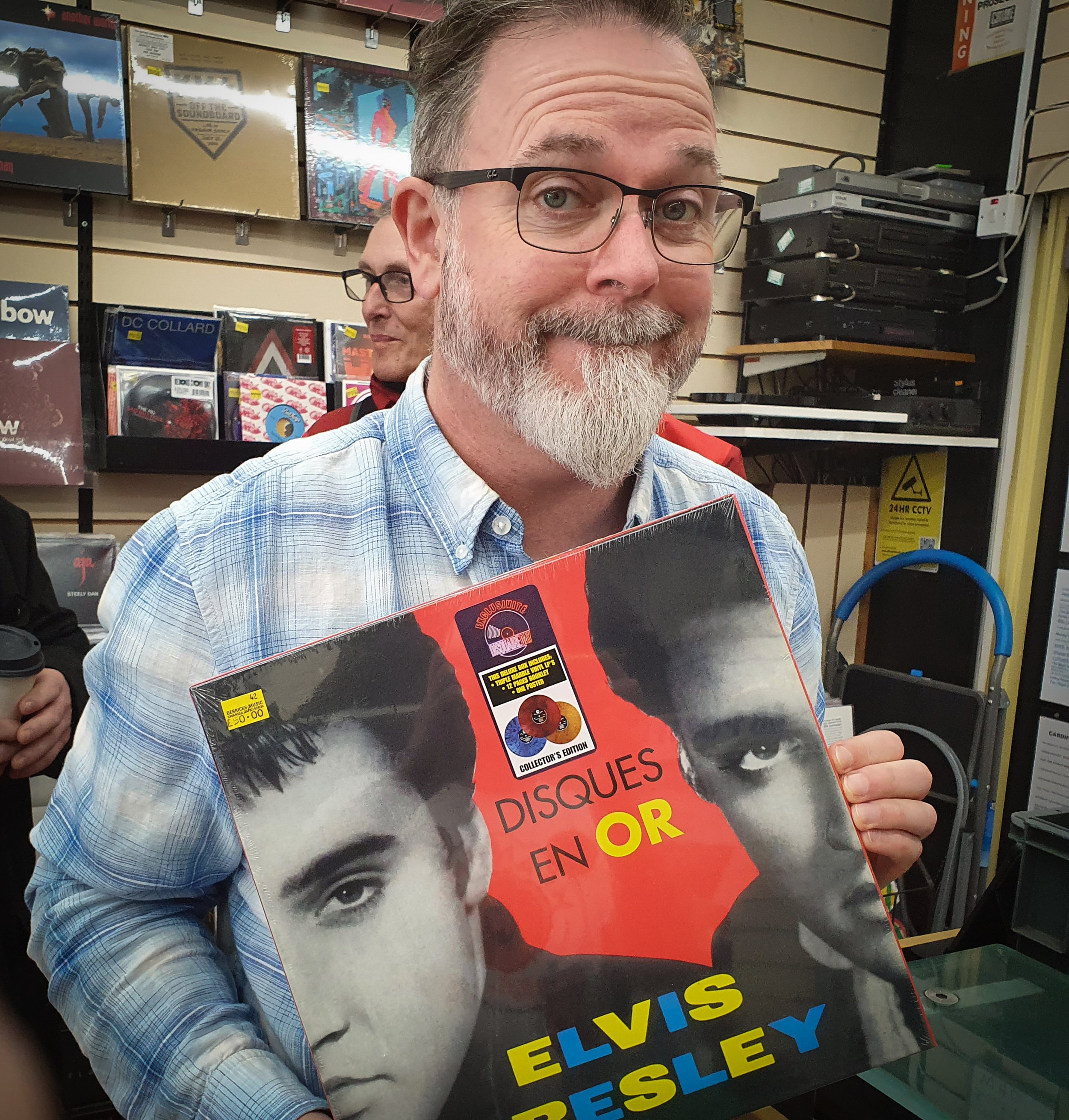




























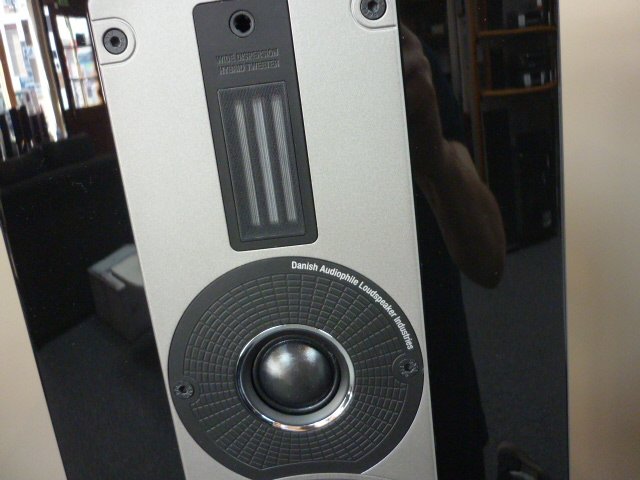








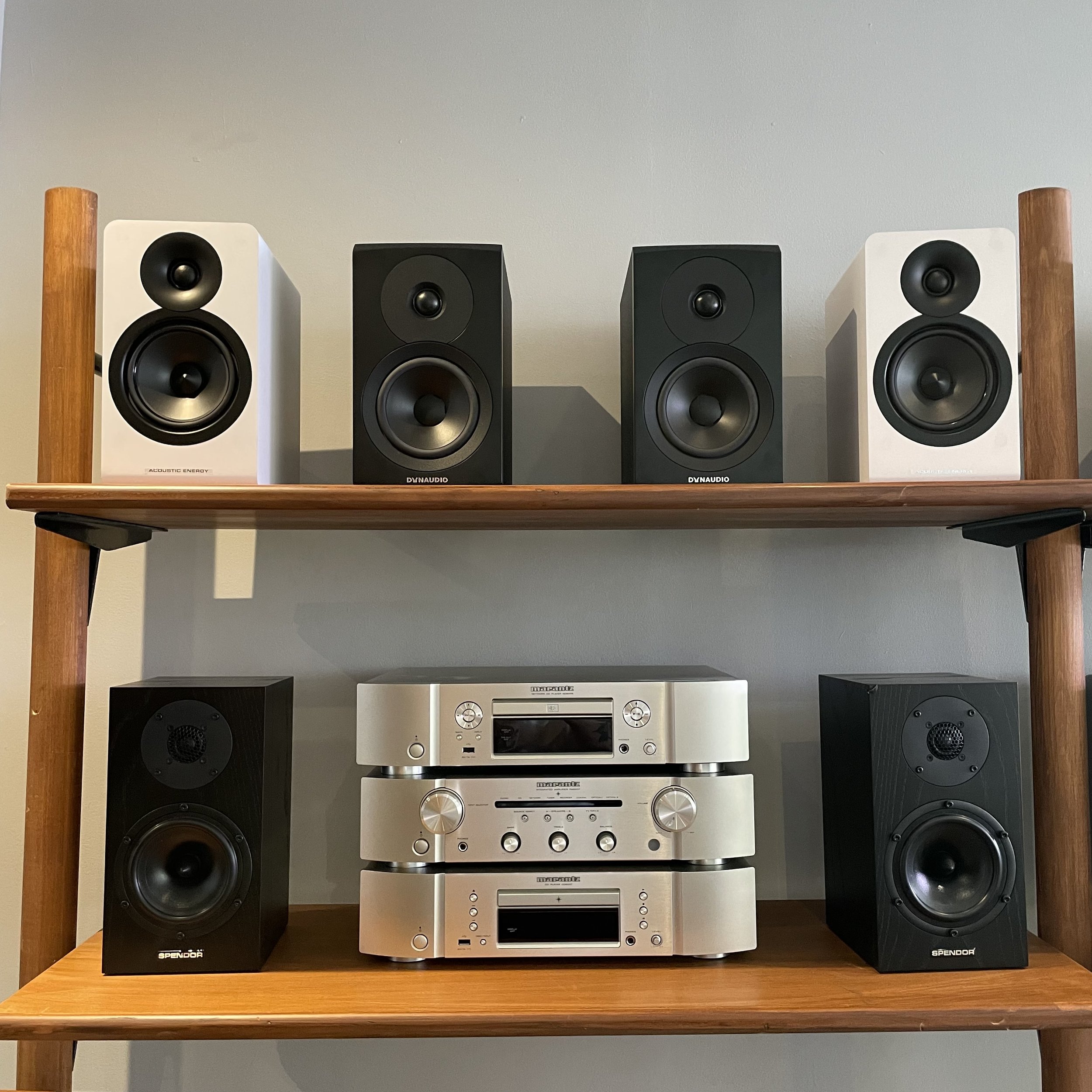
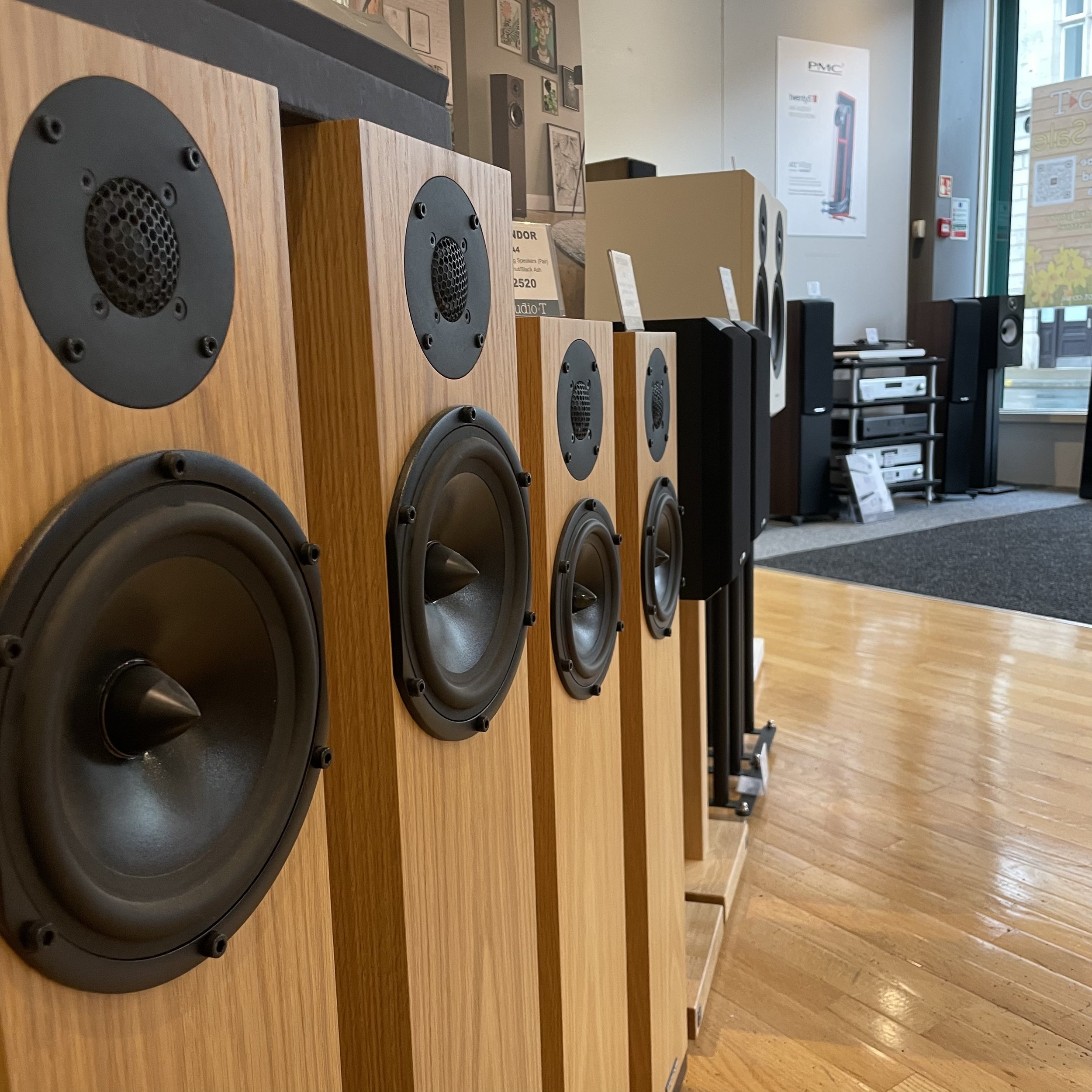
![IMG_8033[1].JPG](https://images.squarespace-cdn.com/content/v1/55c9c12be4b0f1ce53289916/1649856387176-1S2N9MRHLZ9Z89IW474Q/IMG_8033%5B1%5D.JPG)
![IMG_8035[1].JPG](https://images.squarespace-cdn.com/content/v1/55c9c12be4b0f1ce53289916/1649856416345-E78NP6UN6G3LJHACOBLK/IMG_8035%5B1%5D.JPG)
![IMG_8037[1].JPG](https://images.squarespace-cdn.com/content/v1/55c9c12be4b0f1ce53289916/1649856449095-QRQNHO6R1CB51OZ0RA5K/IMG_8037%5B1%5D.JPG)
![SLUP8478[1].JPG](https://images.squarespace-cdn.com/content/v1/55c9c12be4b0f1ce53289916/1649861285905-VMY3JH533IK4CH90R2Z3/SLUP8478%5B1%5D.JPG)
![KHKF3151[1].JPG](https://images.squarespace-cdn.com/content/v1/55c9c12be4b0f1ce53289916/1649861311272-Z3I3W19PV9C5OAD6UUJ1/KHKF3151%5B1%5D.JPG)
![IMG_E8165[1].JPG](https://images.squarespace-cdn.com/content/v1/55c9c12be4b0f1ce53289916/1650037656355-QR8IOFQB1YEW012EU3O1/IMG_E8165%5B1%5D.JPG)
![IMG_8046[1].JPG](https://images.squarespace-cdn.com/content/v1/55c9c12be4b0f1ce53289916/1649862551486-IFDXB7UVRCK6AQB4MRRG/IMG_8046%5B1%5D.JPG)
![IMG_8047[1].JPG](https://images.squarespace-cdn.com/content/v1/55c9c12be4b0f1ce53289916/1649862644299-4ZIZCO5ETMMHOJC9I0FD/IMG_8047%5B1%5D.JPG)



